Clay Masks for Sensitive Skin: A Practical, No-Nonsense Guide
A clay mask for sensitive skin can cleanse pores and absorb excess oils without wrecking your barrier—if you pick the right clay, apply a thin layer, keep it slightly damp, and rinse with warm water in 5–10 minutes. Start once weekly. Prioritize soothing, nourishing ingredients (aloe vera, hyaluronic acid) over “max strength” actives. If stinging lasts beyond a minute or you see diffuse redness, stop and switch to barrier repair.
Who It’s For—and Who Should Skip It (for now)
Good candidates
- Sensitive skin that gets shiny in the t zone, with occasional clogged pores or enlarged pores
- Combination skin/combination skin types: oilier T-zone, normal to dry skin on cheeks
- Oily skin and acne prone skin types looking for oil control and pore cleansing without harsh scrubs
- Anyone chasing a smoother skin texture and more even skin tone while avoiding causing irritation
Press pause if
- Your barrier is visibly compromised: burning, tightness, peeling after cleansing
- You’re in an active rosacea flare, post-procedure, or on a new retinoid ramp-up
- You’ve just used strong alpha hydroxy acids/glycolic acid, salicylic acid, or a peel the same day
- You react to essential oils—especially tea tree oil—or have a history of fragrance sensitivity
If unsure, confer with a board certified dermatologist before adding any face masks to your skincare routine.
How Clay Masks Work (and Why They Help Sensitive Skin)
Clays act like microscopic sponges. They absorb excess oil, bind debris and dead skin cells, and help clear pores. This pore cleansing can reduce the look of enlarged pores and lead to a cleaner canvas with a smoother appearance. The trick for a clay mask for sensitive skin is balancing that deep cleansing with barrier kindness: replenish hydration, avoid over-drying, and manage contact time.
Key ingredients you’ll see:
- Kaolin clay (including amazonian white clay and pink clay): gentler, ideal for sensitive skin and combination skin
- Bentonite clay/bentonite clays: stronger oil absorption, better for oily skin and acne prone areas; often needs hydrating partners
- Less common options: umbrian clay, blue clay mask bases, or blends with volcanic ash or charcoal mask powders for extra adsorption—great for the T-zone, but they can be drying if left too long
Support players matter: hyaluronic acid and aloe vera help skin feels smooth and supple, while barrier lipids preserve skin elasticity. Select actives like low-dose salicylic acid or azelaic acid can assist with oil and tone—just keep in mind that a face mask is rinse-off, so leave-on actives usually carry more punch. Use the mask for pore cleansing, and reserve strong actives for separate nights.
Choosing the Right Formula (by Concern)
|
Skin concerns |
Recommended clays |
Helpful co-ingredients |
Cautions |
|
Sensitive/redness-prone |
Kaolin clay, pink clay, amazonian white clay |
Aloe vera, hyaluronic acid, β-glucan, panthenol |
Avoid strong fragrance, tea tree oil, and physical exfoliation in the same session |
|
Oily t zone / enlarged pores |
Bentonite clay (blended with kaolin) |
Zinc PCA, niacinamide |
Time strictly (5–10 min). Don’t let fully dry or crack |
|
Acne prone skin |
Kaolin + a touch of bentonite clay; targeted pore refining mask |
Low-dose salicylic acid, azelaic acid (separate nights), soothing humectants |
Skip jojoba beads or gritty scrubs; risk of micro-tears |
|
Dehydrated skin / dry patches |
Gel mask with a small amount of kaolin clay |
Hyaluronic acid, squalane, ceramides |
Prefer gel-clay hybrids. Avoid pure charcoal mask or high bentonite |
Note on “special” clays: Umbrian clay and blue clay mask formulas can be lovely for targeted pore refining, but test carefully—they often come in stronger, spa-style blends. Volcanic ash and charcoal add adsorption but can strip if overused.
Why “Less Dry” = “More Results” for Sensitive Skin
Many people chase the chalky, fully dry look, assuming it means a cleaner face. In reality, that’s when clays start lifting too much water and lipid from the stratum corneum. For sensitive skin, this worsens tightness, dulls radiant complexion, and can trigger rebound oil. The sweet spot: thin layer, “just-set” surface that stays slightly flexible. Your skin felt fresh, not stiff; your skin looked clearer without the squeak.
Step-by-Step: The Sensitive-Skin Method
- Cleanse gently. Use a low-foam cleanser and warm water. Pat dry—no rubbing.
- Apply a thin layer. Enough to mute the natural tone, not cake. For combination skin, zone mask: T-zone gets clay; cheeks may get a hydrating gel mask or nothing at all.
- Mind the clock. 5–10 minutes total. If your bathroom is very dry, mist lightly so the mask never fully cracks.
- Rinse without friction. Warm water, soft cloth if needed. No physical exfoliation, no jojoba beads, no scrubby motions.
- Replenish hydration. Apply hyaluronic acid or a humectant serum, then a ceramide-rich moisturizer to seal. This is where skin feels smooth and cushioned returns.
- Frequency. Start once weekly; increase to twice if your skin type tolerates it and you’re still absorbing excess oil by day’s end.
Pro tip: On “clay night,” skip other actives. Save alpha hydroxy acids, glycolic acid, salicylic acid, and azelaic acid for alternate nights to reduce cumulative irritation.
The NING DERMOLOGIE Approach
With NING DERMOLOGIE clay mask, the emphasis is on sensitive-friendly clays—primarily kaolin clay and amazonian white clay—supported by nourishing ingredients that replenish hydration after the mask comes off. The formula targets excess oils in the t zone, helps cleanse pores, and keeps the after-feel cushiony, not squeaky. Used correctly (thin layer, short wear time), it leaves skin feels smooth, not stripped. If your routine includes leave-on salicylic acid or azelaic acid, keep those on separate nights; let the clay face masks do the pore cleansing and absorb sebum work while your serums handle long-contact therapy.
Smart Pairings (What to Combine—and What to Avoid)
Great pairs
- Clay mask + aloe vera or hyaluronic acid serum → immediate moisture rebound and glowing skin
- Pore cleansing mask + niacinamide/zinc → better oil production balance over time
- Combination skin types: clay on T-zone, hydrating gel mask or creamy face mask on U-zone → keeps cheeks supple and leaves a more even skin tone
Avoid same-night stacks
- Clay + alpha hydroxy acids/glycolic acid/salicylic acid/azelaic acid (unless a very mild, well-tolerated blend)
- Clay + physical exfoliation (scrubs, jojoba beads)
- Clay + heavy tea tree oil (higher sensitization risk in prone skin)
What About Charcoal, Volcanic Ash, and “Overnight Mask” Claims?
- Charcoal mask and volcanic ash blends can absorb excess oils and excess sebum very effectively. For sensitive skin, keep these to small areas (nose, chin), short wear times, and hydrate immediately after.
- Overnight mask: Clay is usually rinse-off. A true overnight mask must explicitly say so and usually uses a gel mask base with micro-doses of clay suspended in humectants. Unless the label specifies leave-on, do not sleep in clay.
- Blue clay mask and spa muds can be great as a pore refining mask, but they’re often potent. Start with a patch test and short contact time.
Patch Test (3 Steps)
- Choose a low-visibility spot: behind the ear or along the jaw.
- Apply as you would on the face: thin layer, full intended wear time (5–10 min), then rinse with warm water.
- Observe for 48 hours: watch for lingering stinging, new bumps, diffuse redness, or a warming sensation that persists.
No reaction? Proceed to the T-zone only for the first full-face session.
Common Mistakes—and Easy Fixes
-
Mistake: Letting clay dry until it cracks.
Fix: Keep it slightly damp; shorten to 5–8 minutes. -
Mistake: Using clay the same night as acids or scrubs.
Fix: Alternate nights; let clay handle pore cleansing while leave-ons treat tone/texture. -
Mistake: Covering the entire face equally on combination skin.
Fix: Thin layer on T-zone, skip or hydrate cheeks. -
Mistake: Chasing instant baby smooth skin with strong blends.
Fix: Choose best clay masks for your skin types—gentle kaolin clay for sensitive skin, light bentonite clay blends for oily spots. -
Mistake: Assuming “natural” equals gentle (tea tree oil, strong botanicals).
Fix: For prone skin, avoid known sensitizers or use wash-off doses only. -
Mistake: Expecting clay to resurface dead skin dramatically.
Fix: Clay lifts dead skin and debris mechanically; true exfoliation comes from mild alpha hydroxy acids used thoughtfully on separate days.
Results You Can Expect (and the Timeline)
- Immediately after use: Fresher feel, reduced surface shine, pores look cleaner, skin feels smooth.
- 2–4 weeks (1–2×/week): More consistent oil control in the t zone, fewer clogged pores, a more even skin texture, and softer skin tone transitions—hello, subtle glowing skin.
- Ongoing: Combined with a sound skin care routine, many see a steadier radiant complexion and clear complexion in photos and in the mirror.
A Sample Routine That Plays Nicely with Clay
AM
- Gentle cleanse → hydrating serum (hyaluronic acid) → lightweight moisturizer → mineral sunscreen
PM (clay night, e.g., Wednesday/Sunday)
- Cleanse → clay mask (NING DERMOLOGIE) thin layer, 5–10 min → rinse with warm water → soothing toner or spritz → ceramide-rich moisturizer
PM (active night, e.g., Tuesday/Friday)
- Cleanse → leave-on azelaic acid or salicylic acid (not both) → moisturizer
PM (recovery night, e.g., Monday/Thursday)
- Cleanse → humectant + lipid repair → early bedtime
This rotation prevents stacking irritation while still addressing multiple skin concerns.
Troubleshooting: If Your Skin Pushes Back
- Stinging > 60 seconds: Rinse immediately. Reduce time or switch to a softer clay (pure kaolin clay, pink clay) next time.
- Patchy dryness next day: Add a gel mask night or boost moisturizer with squalane/ceramides.
- New comedones: Shorten wear time, avoid heavy occlusives immediately after masking, and consider separate-night salicylic acid.
- No noticeable benefit: You may need a slightly stronger blend on the T-zone (kaolin + a touch of bentonite clay) or tighten frequency to once weekly to see if skin rebounds.
Ingredient Cliff Notes (So You Can Read Labels Like a Pro)
- Kaolin clay / Amazonian white clay / Pink clay: gentle, everyday clay masks for sensitive skin and combination skin
- Bentonite clay: strong on excess oils; blend preferred for comfort
- Umbrian clay / Blue clay / Charcoal / Volcanic ash: target T-zone; great as a pore refining mask; watch for dryness
- Hyaluronic acid, aloe vera: rehydrate; help achieve that hydrated, radiant skin finish
- Niacinamide, Zinc PCA: balance oil production over time
- Azelaic acid, Salicylic acid: tone/clarity helpers—use on different nights than clay
- Tea tree oil: antibacterial, but a common sensitizer—use cautiously in sensitive skin
- Alpha hydroxy acids / Glycolic acid: smoothing leave-ons; avoid same night as clay
Final Takeaway
Used with restraint and a hydrated finish, a clay mask for sensitive skin can absorb excess oils, cleanse pores, and refine texture without sacrificing comfort. Choose a gentle base (think kaolin clay, amazonian white clay, or pink clay), keep it to a thin layer for 5–10 minutes, and follow with humectants and lipids. With NING DERMOLOGIE in your skin care routine, expect a clearer T-zone, fewer clogged pores, and a calmer, more even surface that reads as healthy—glowing skin, not stripped skin.





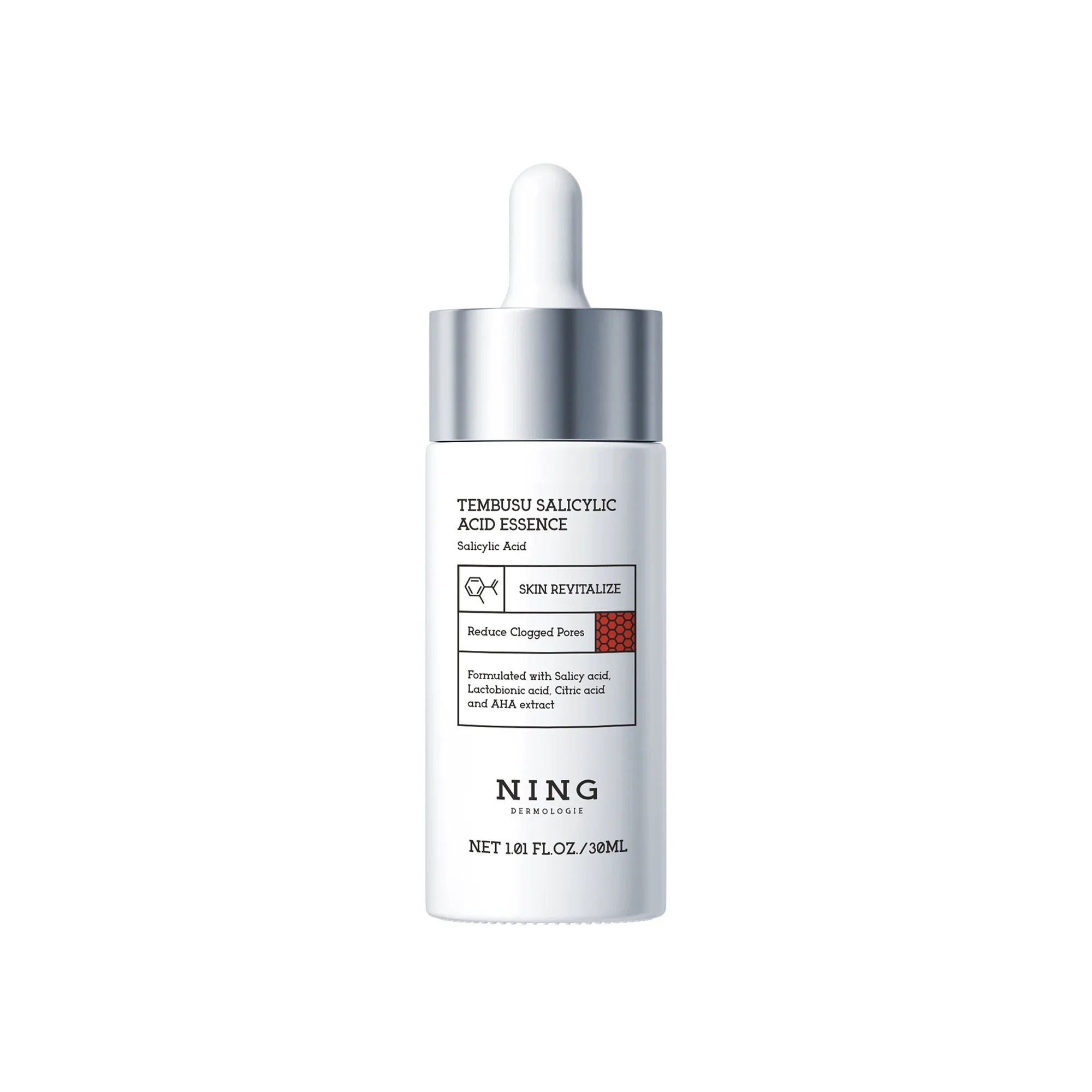
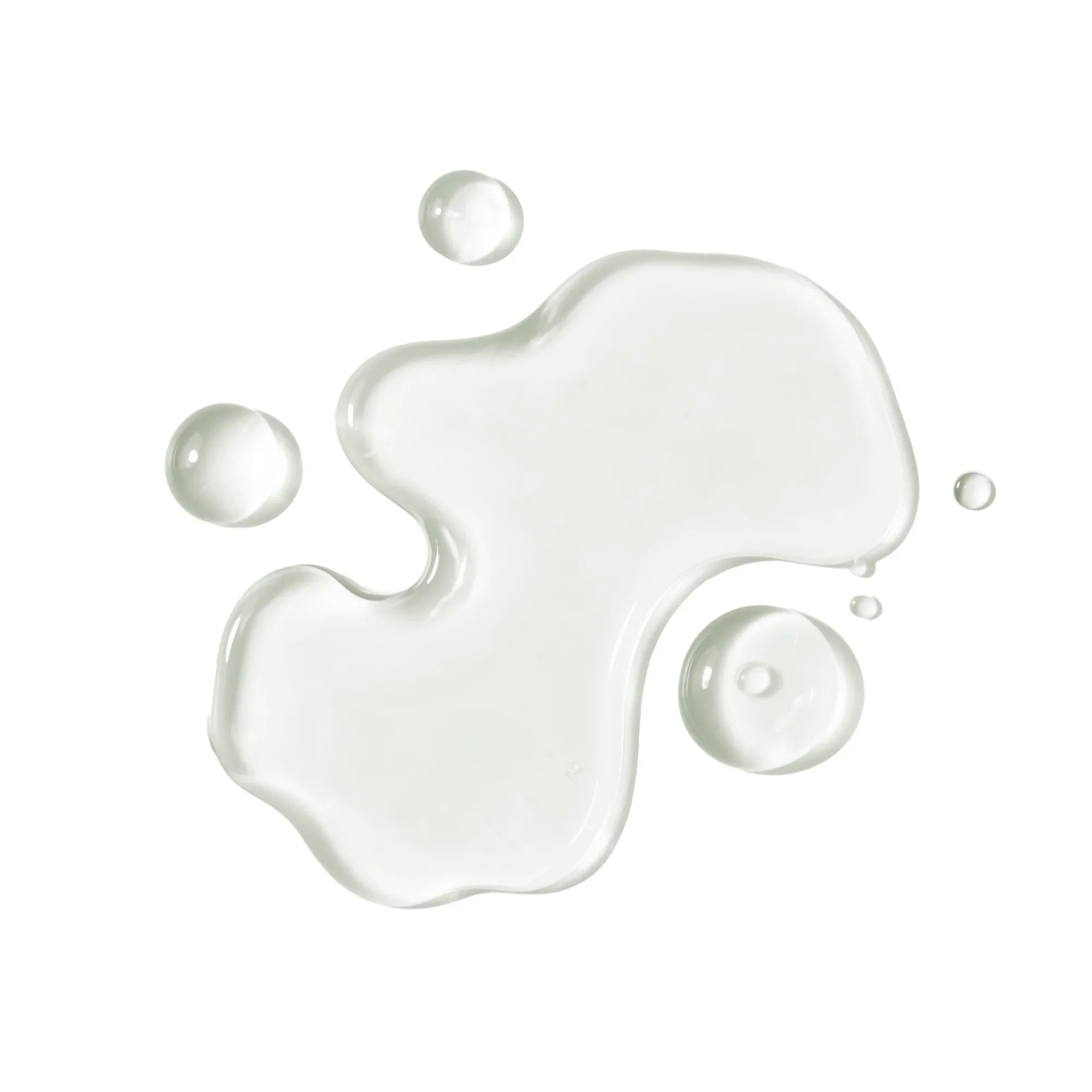
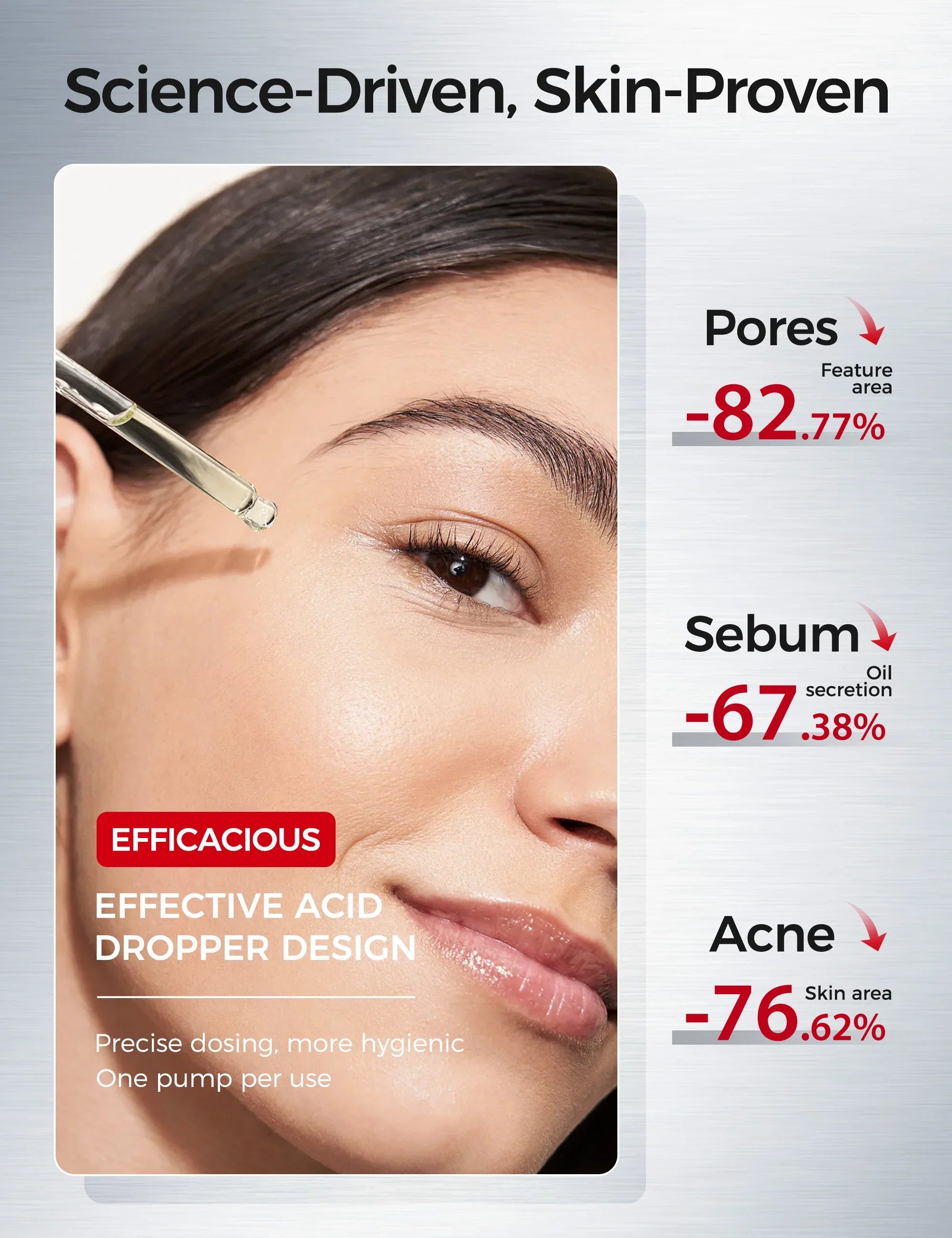
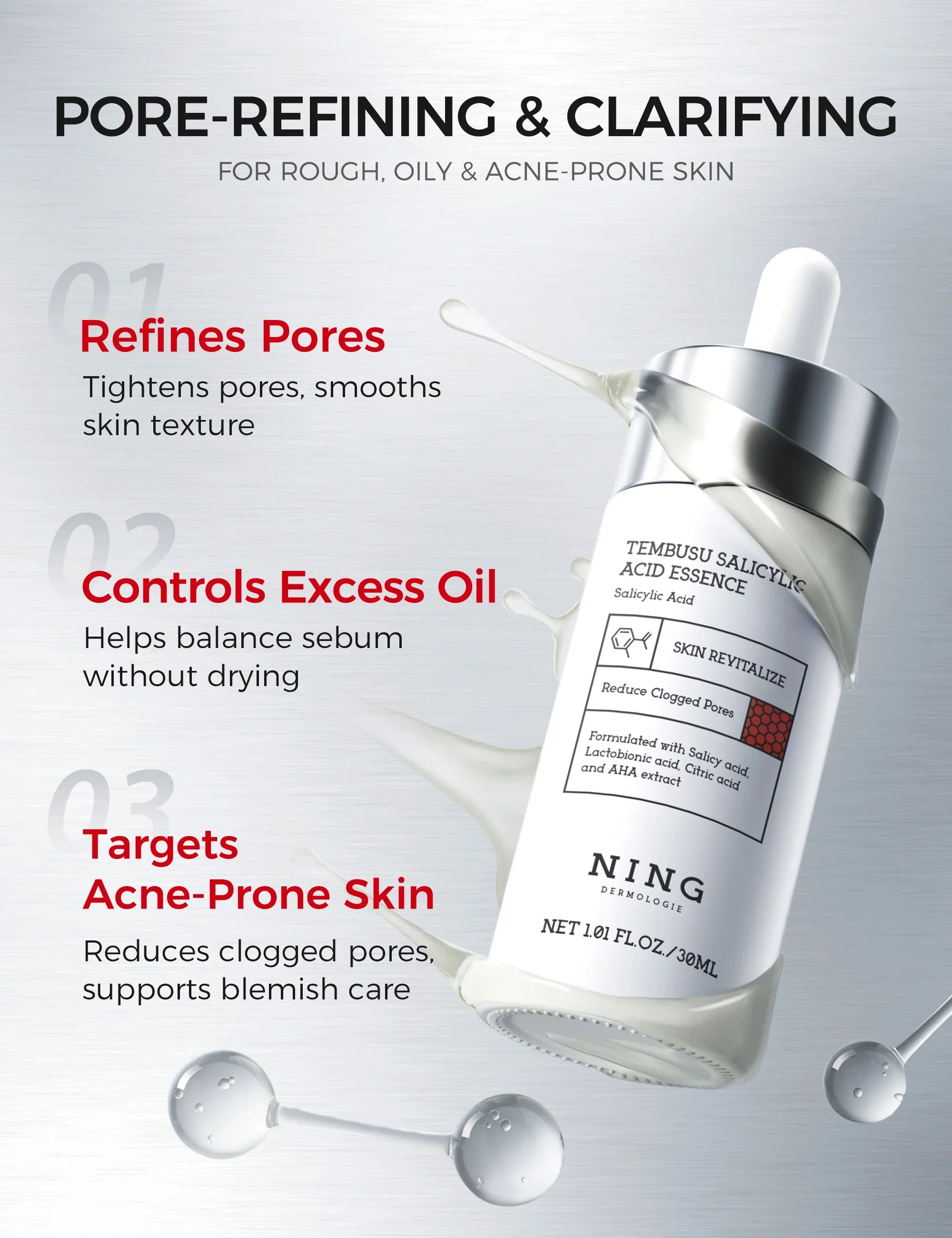
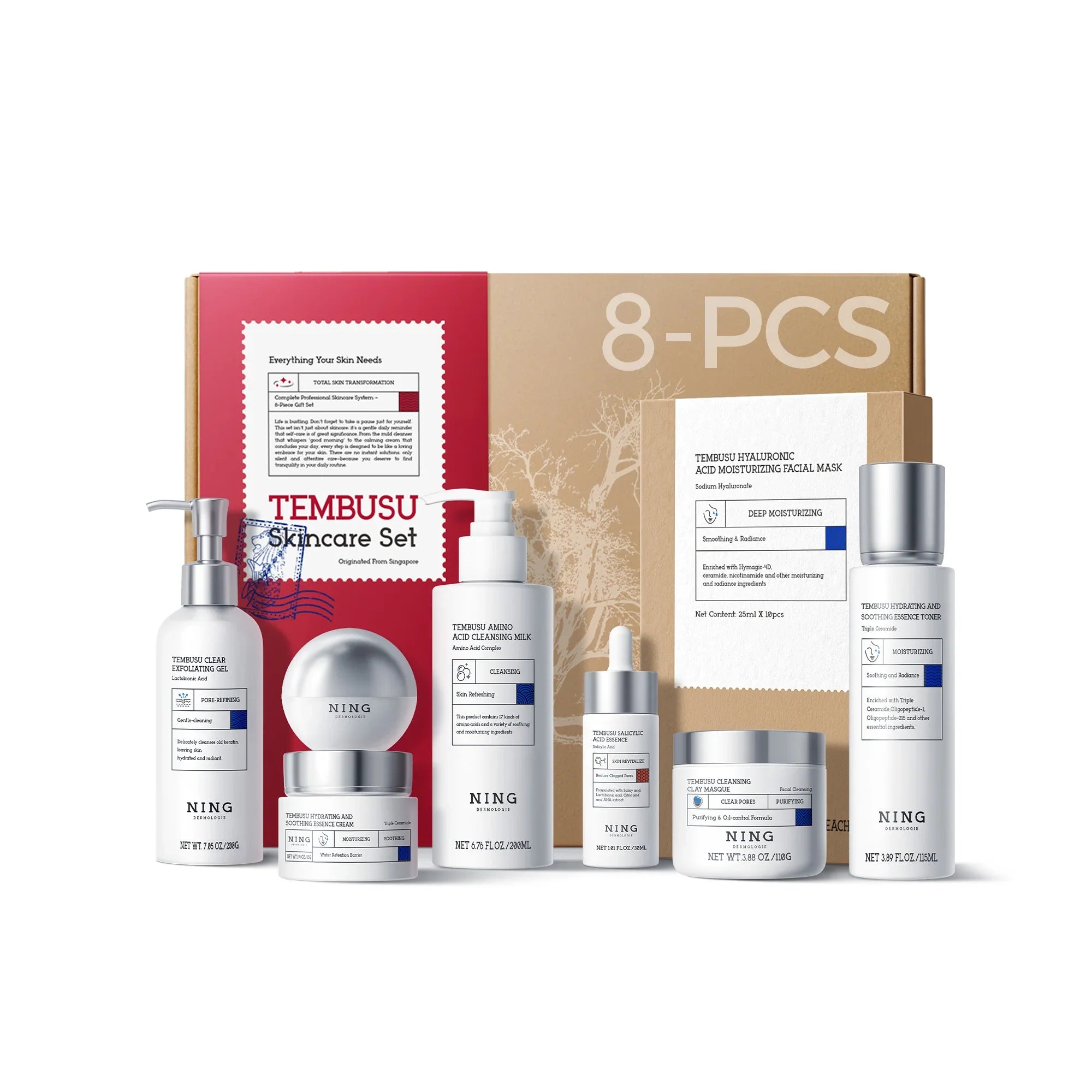

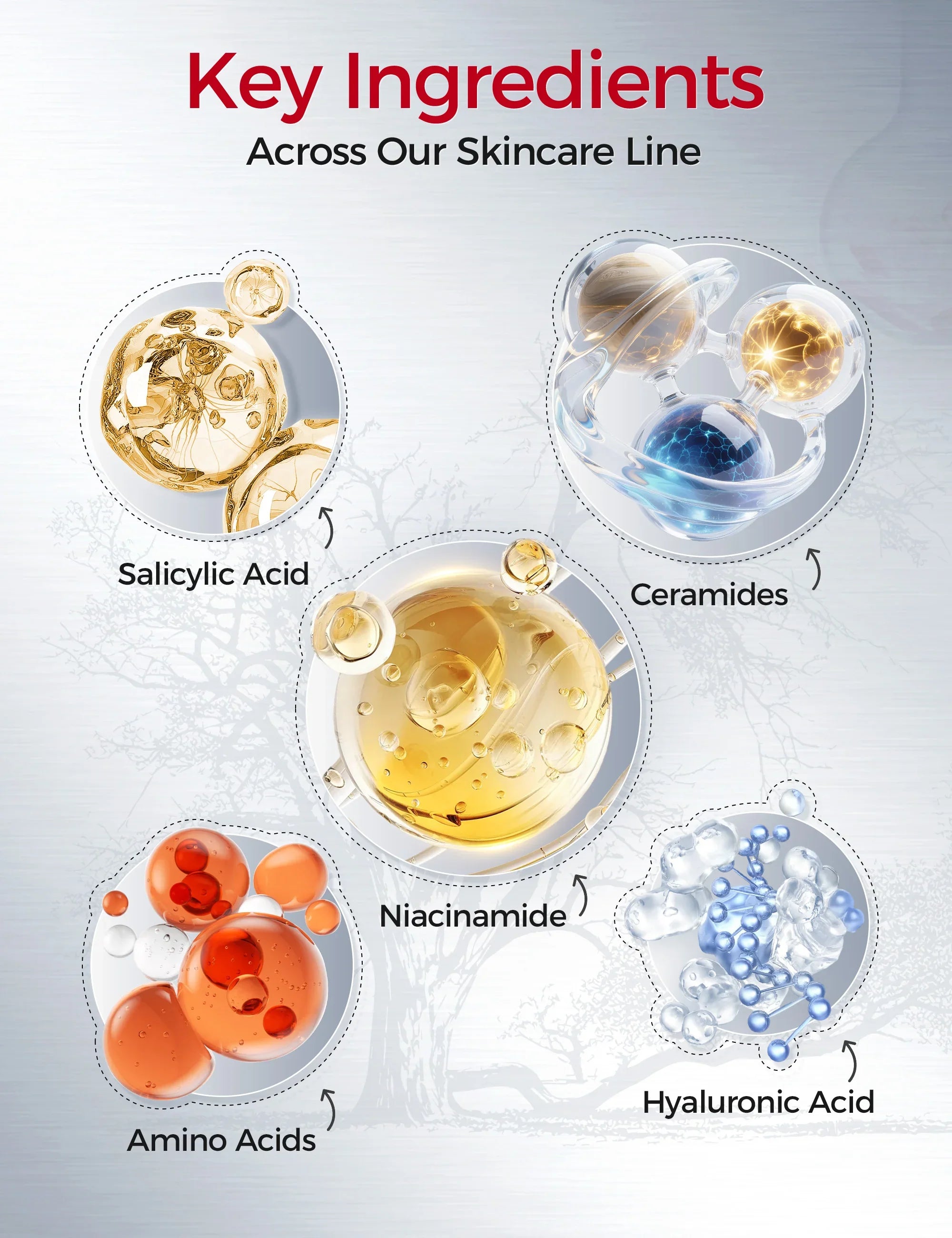
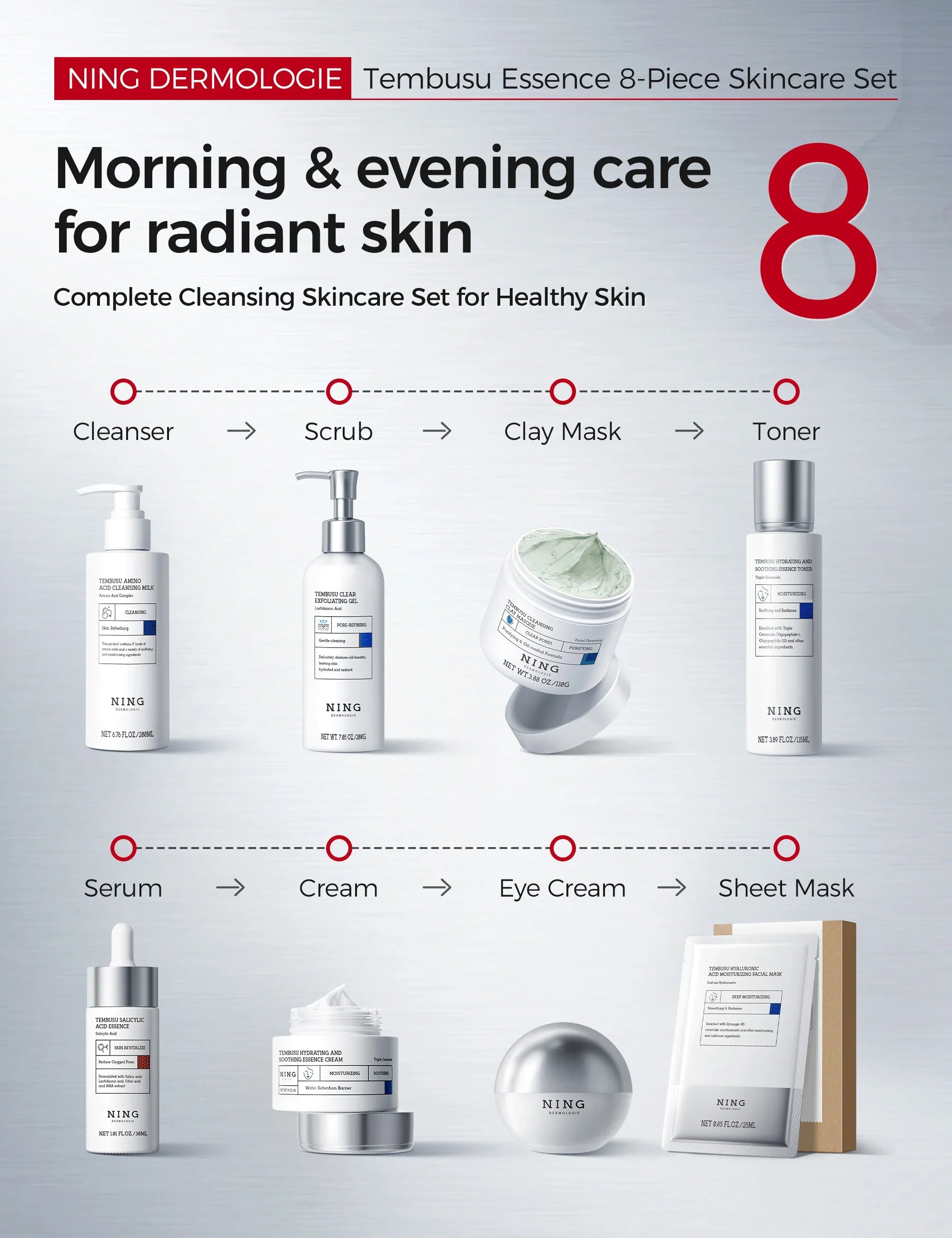
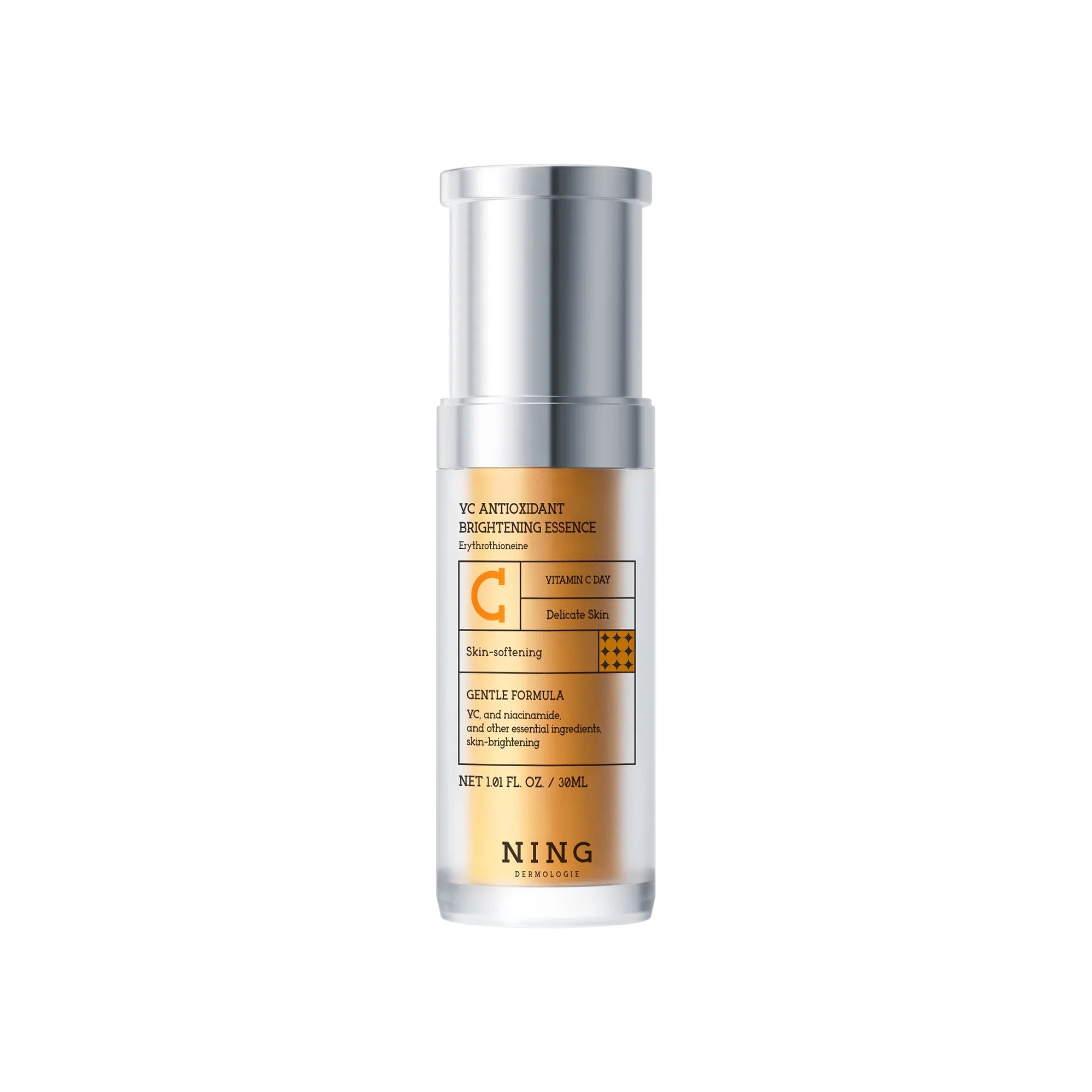
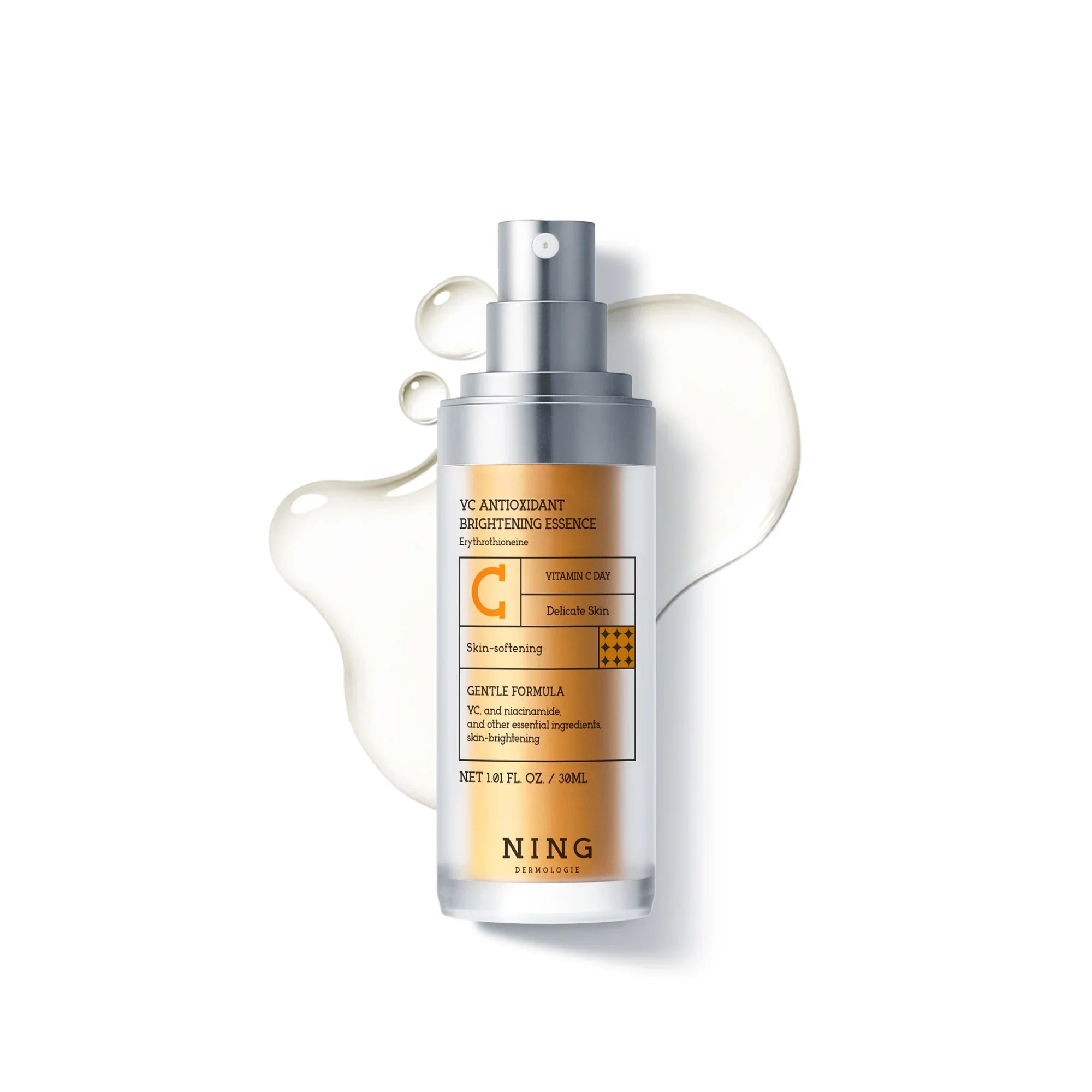
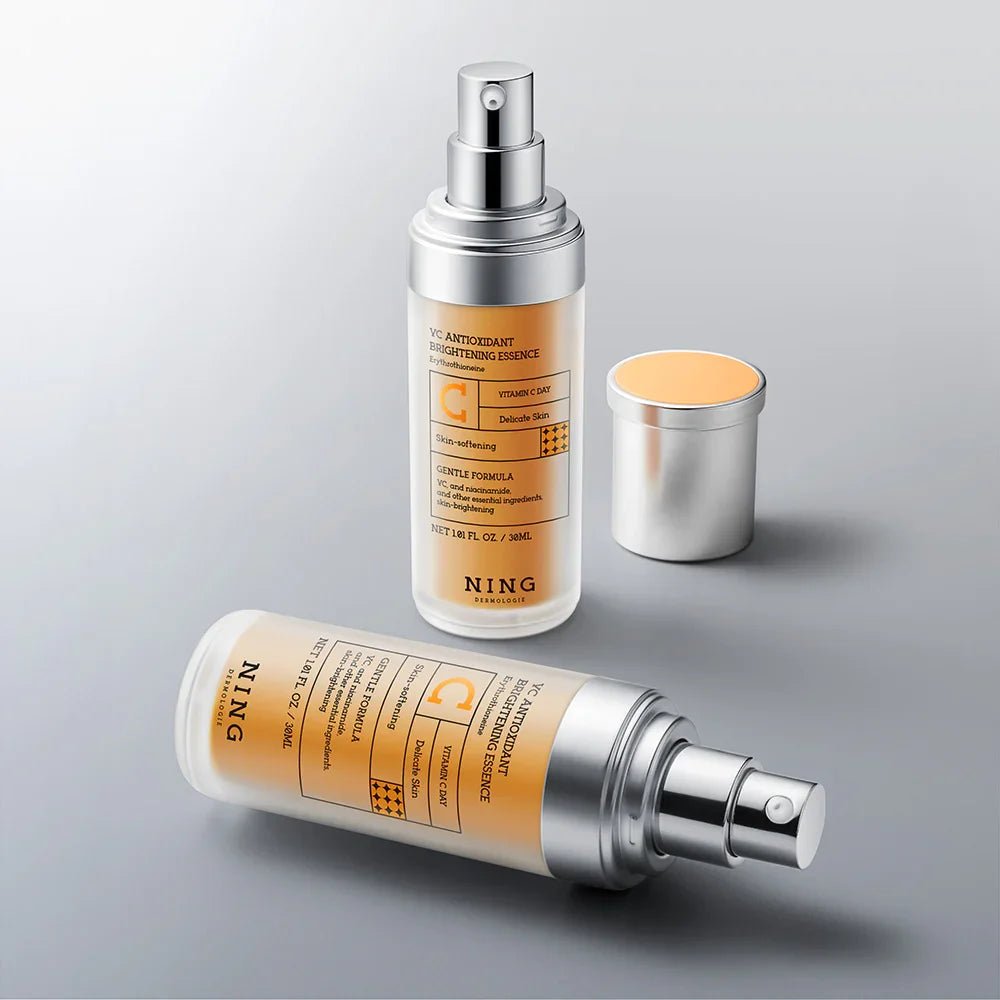
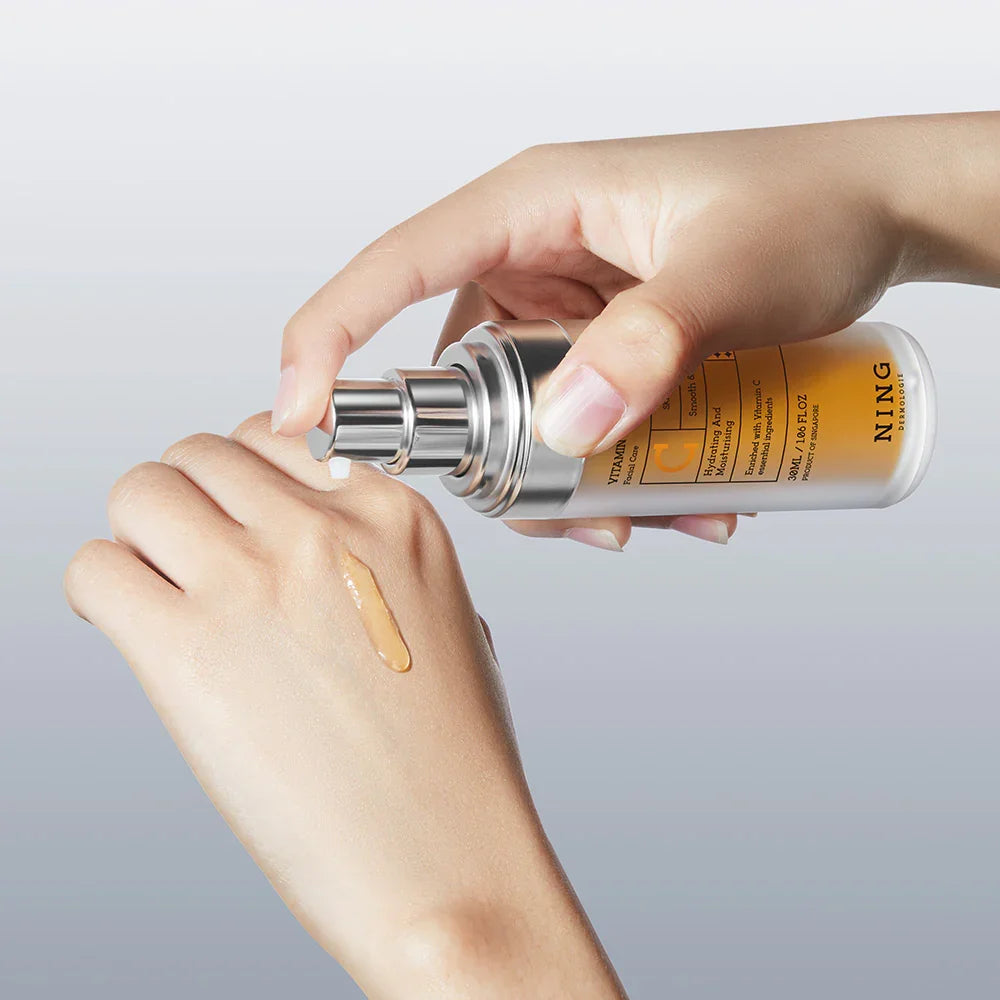

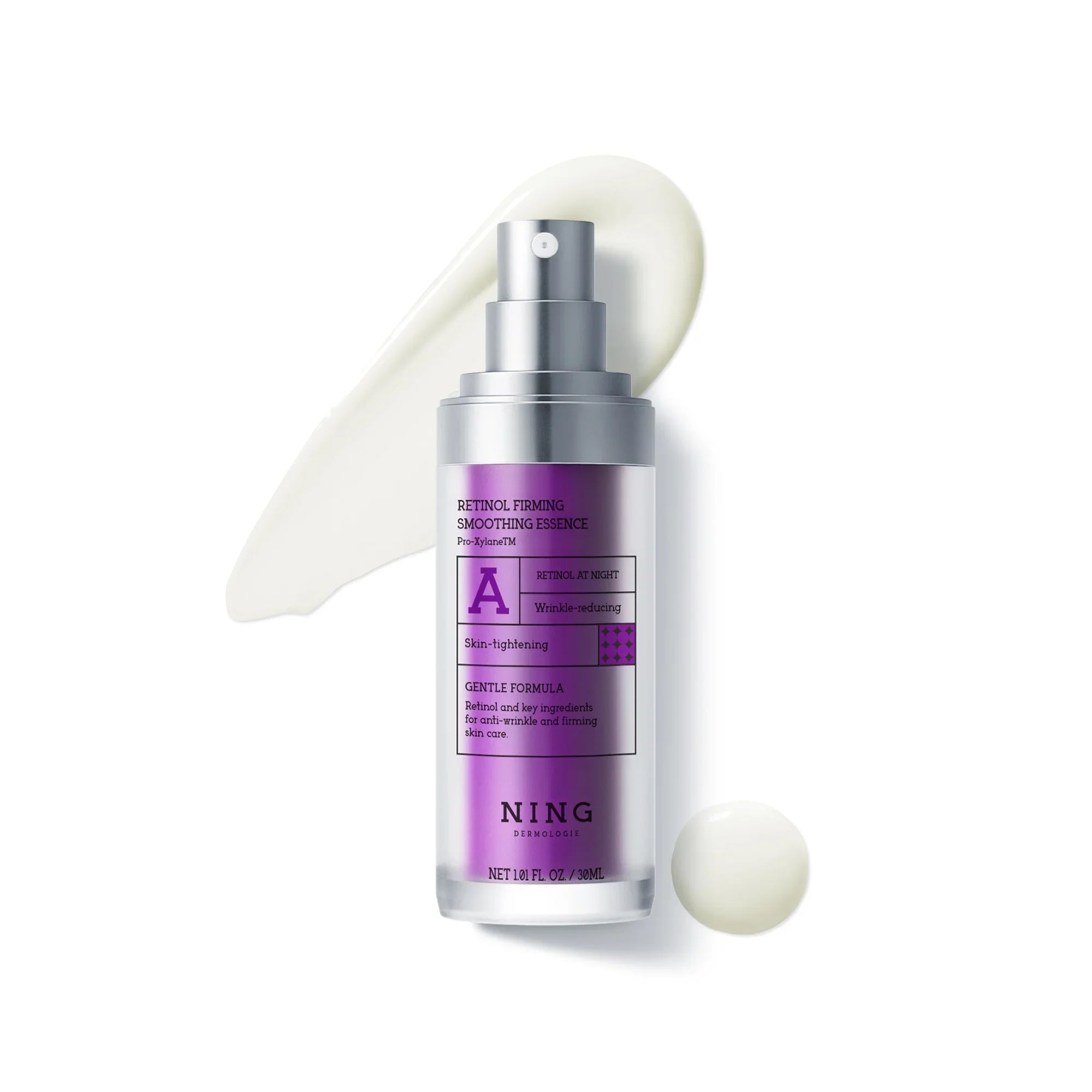

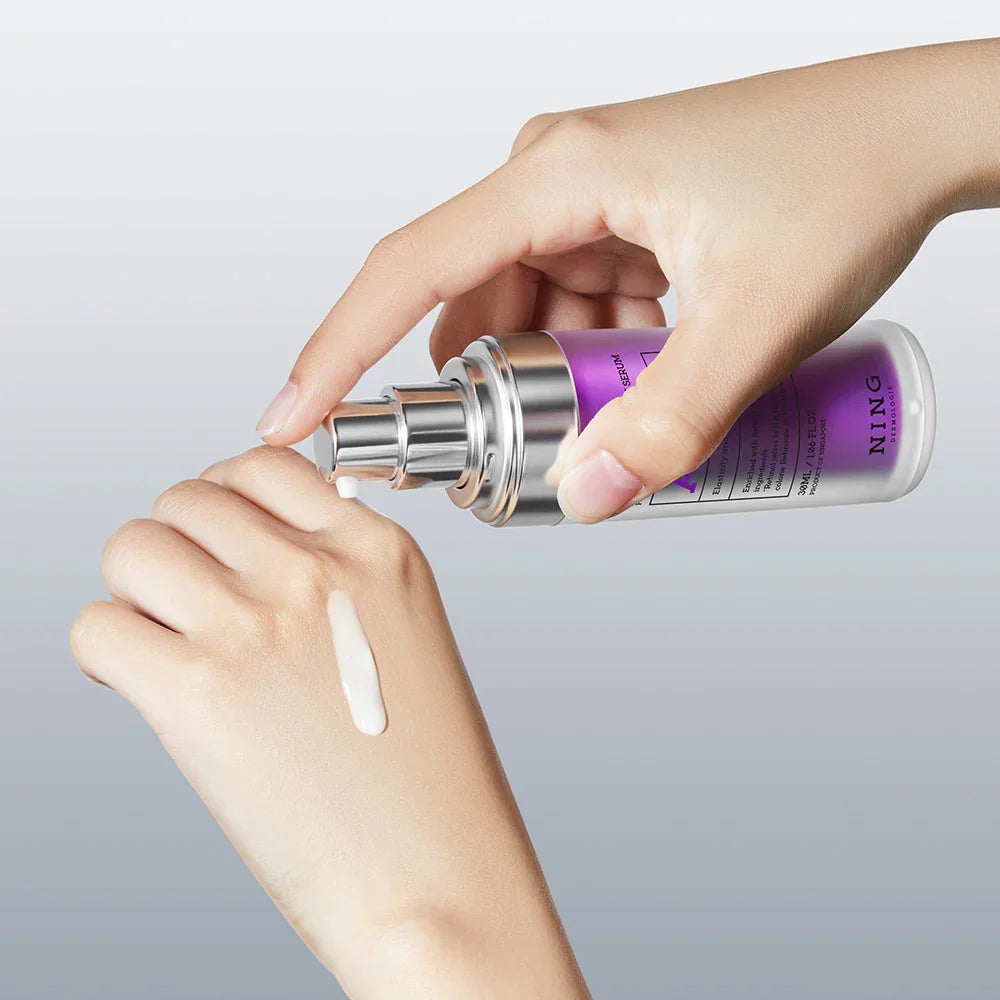

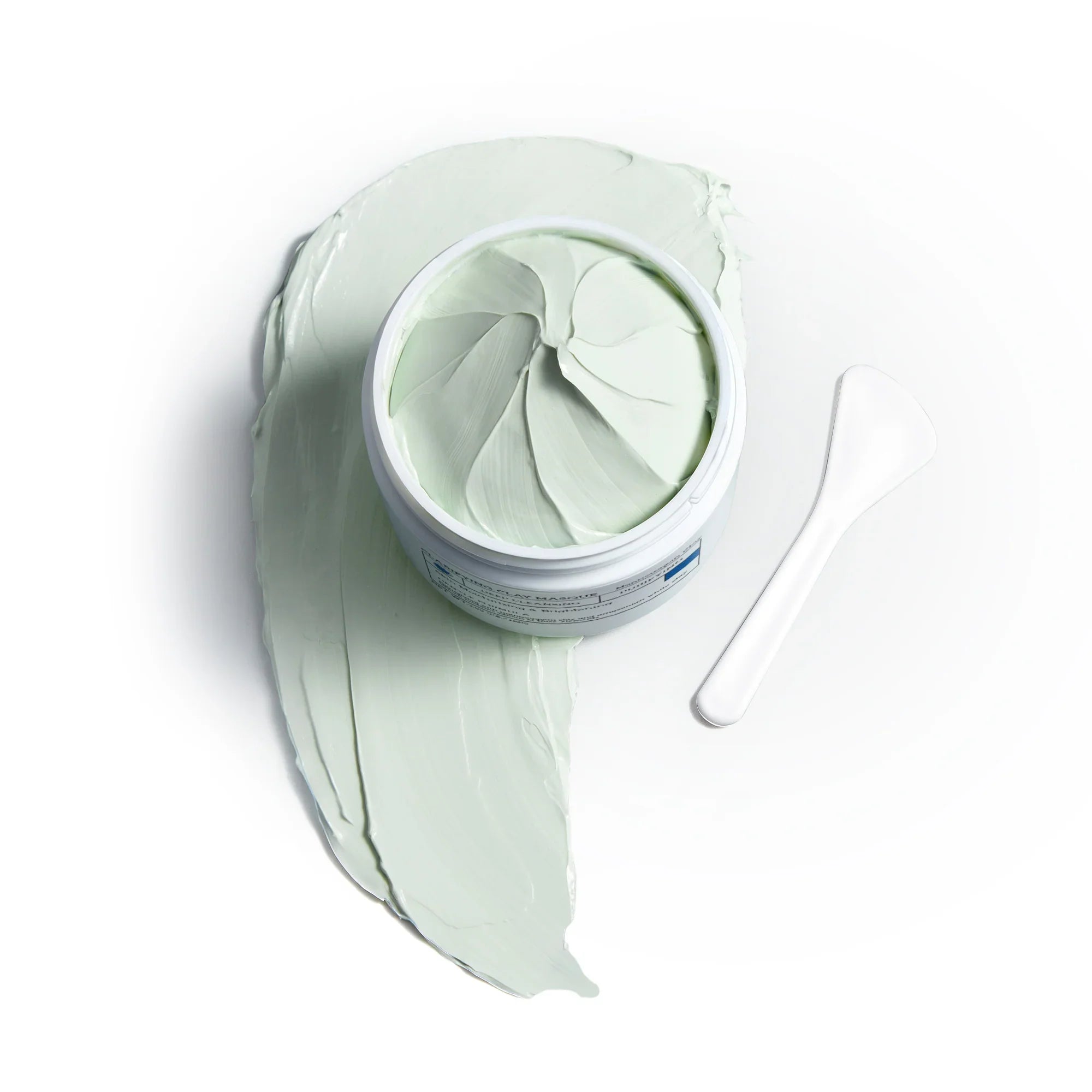

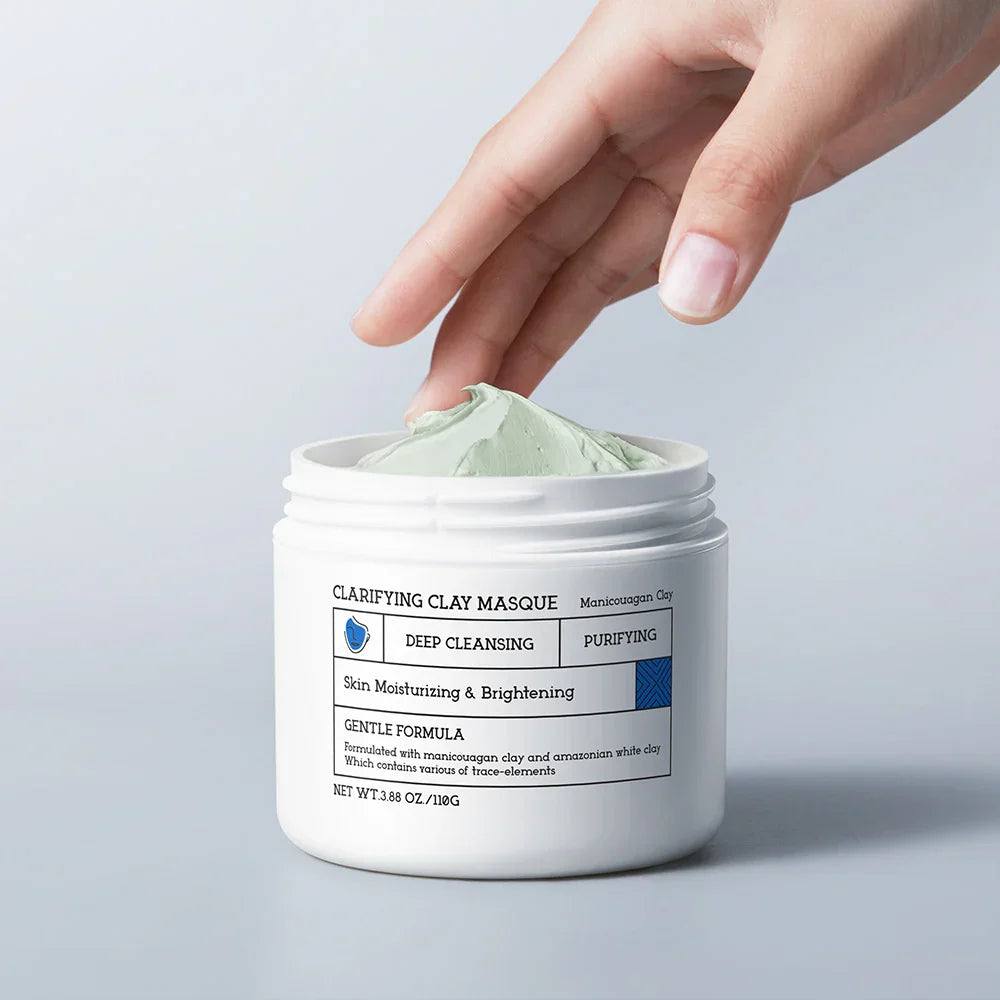
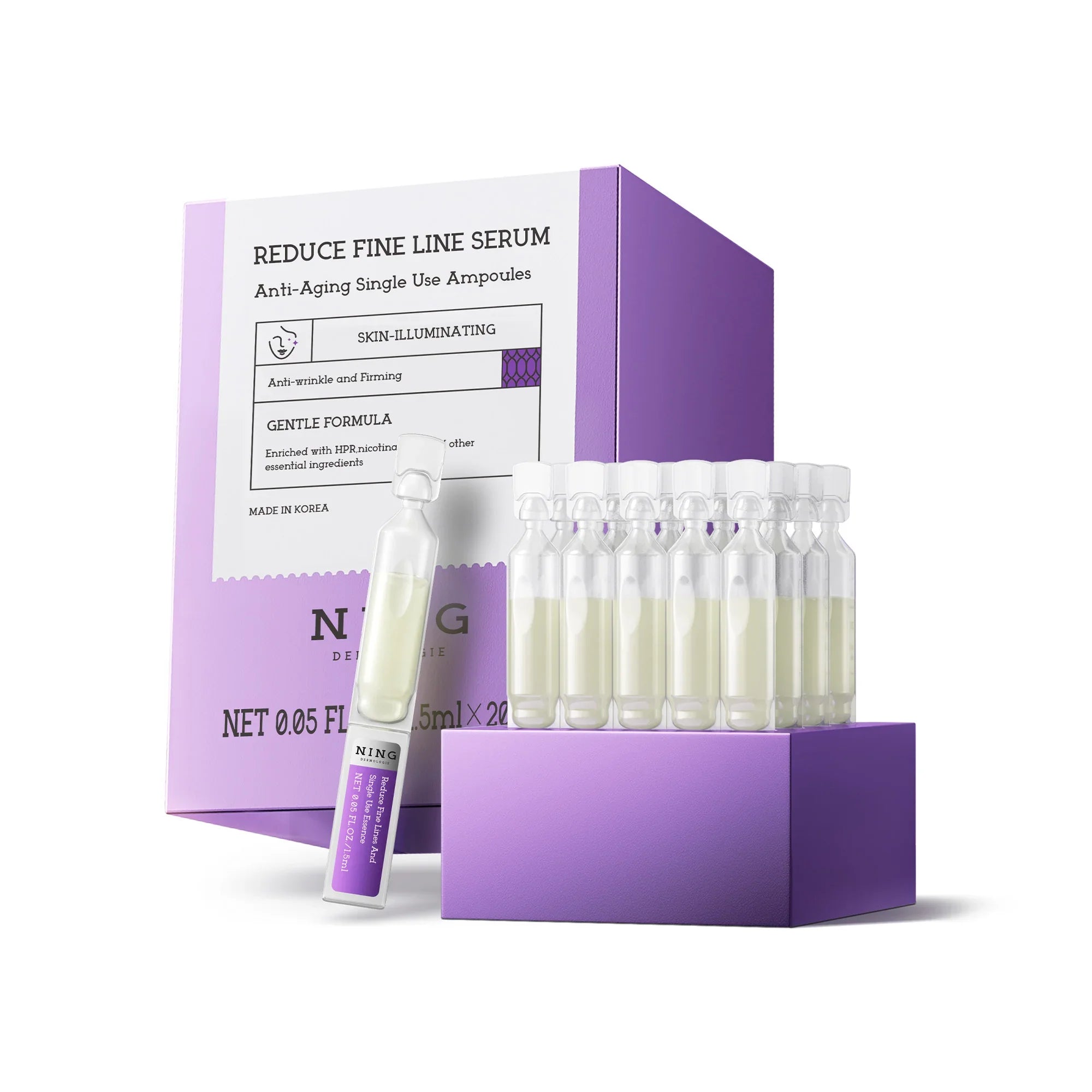
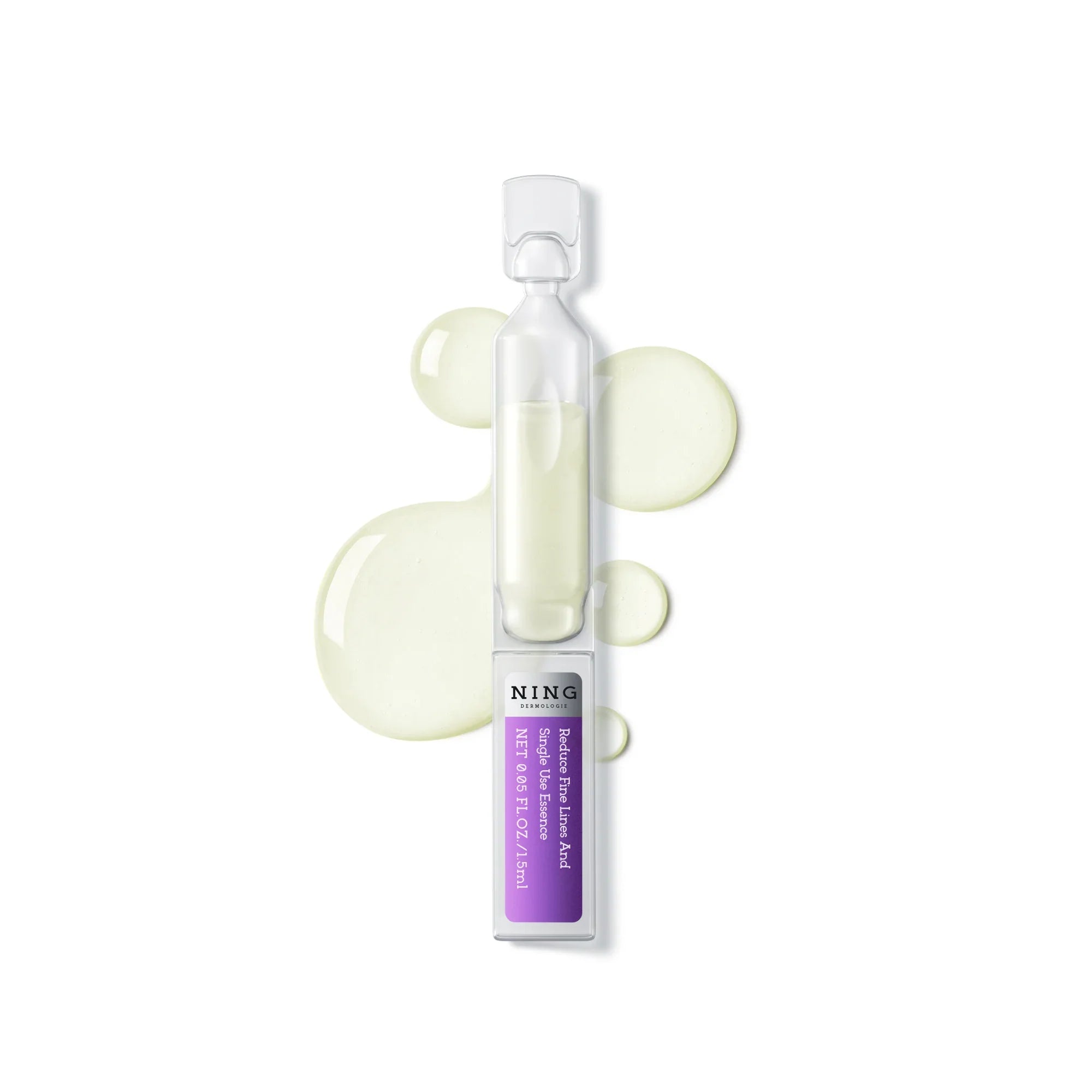

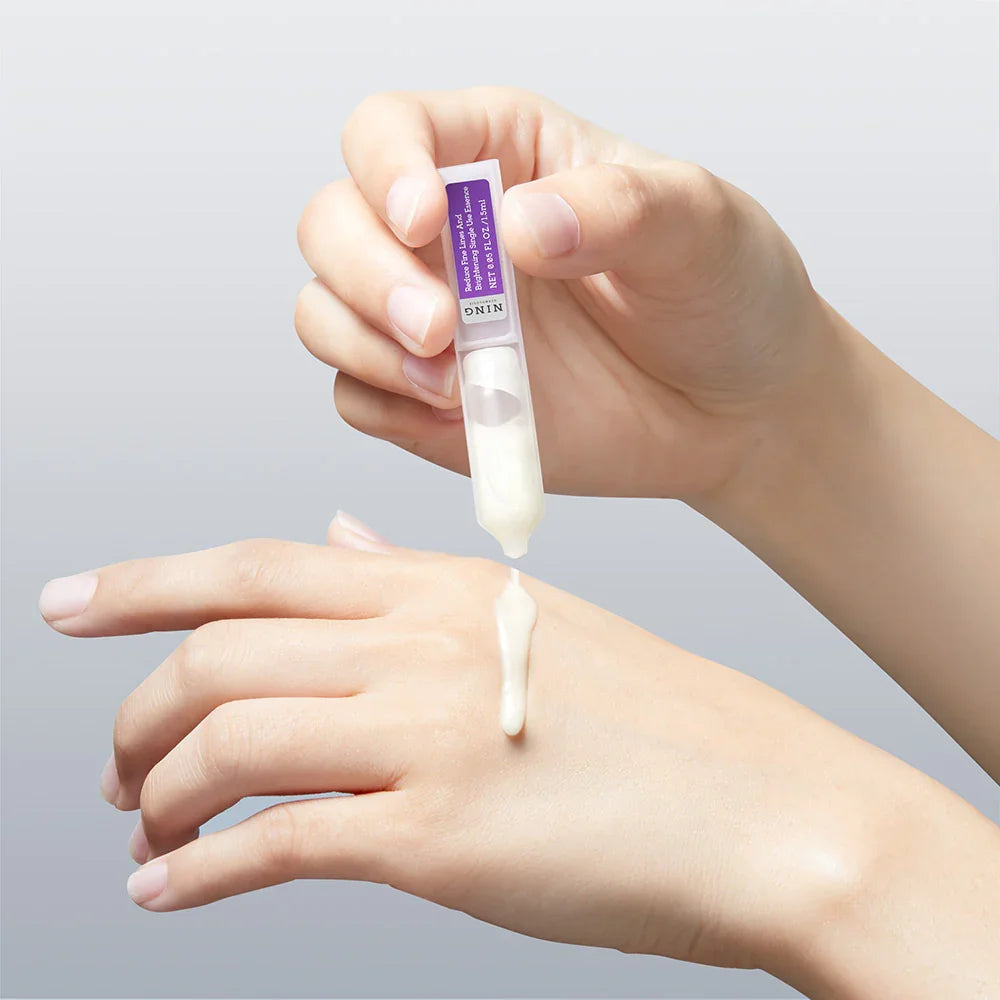
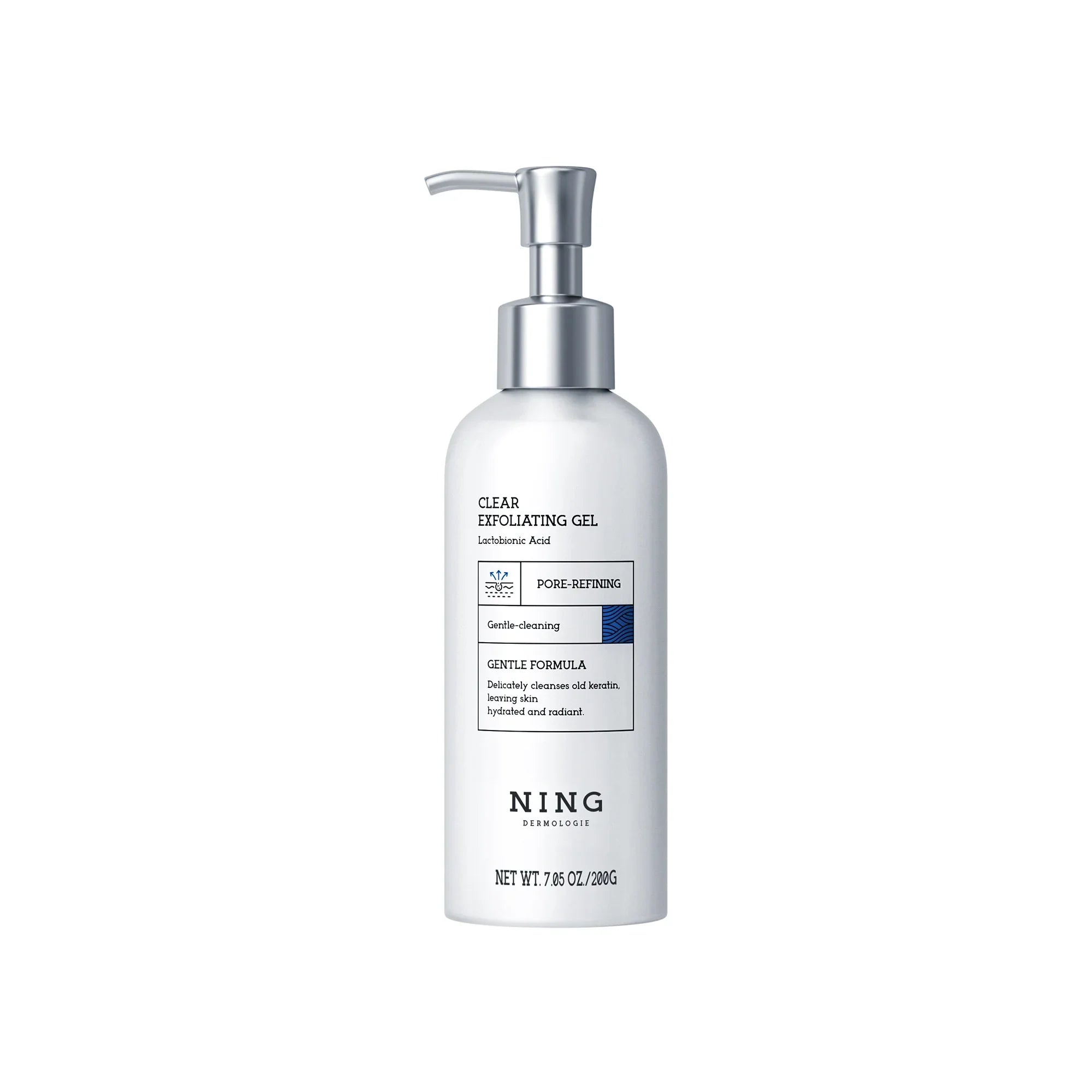
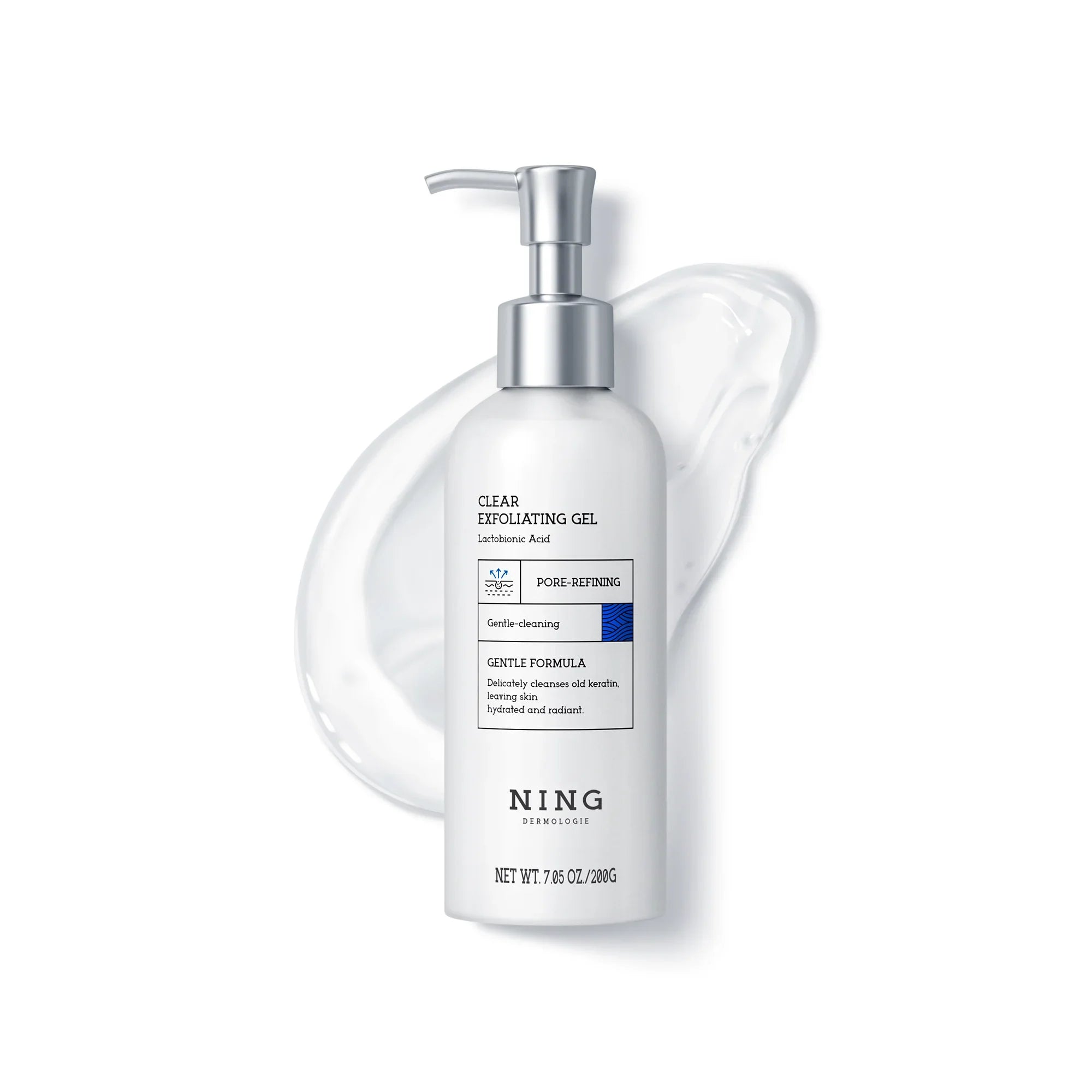
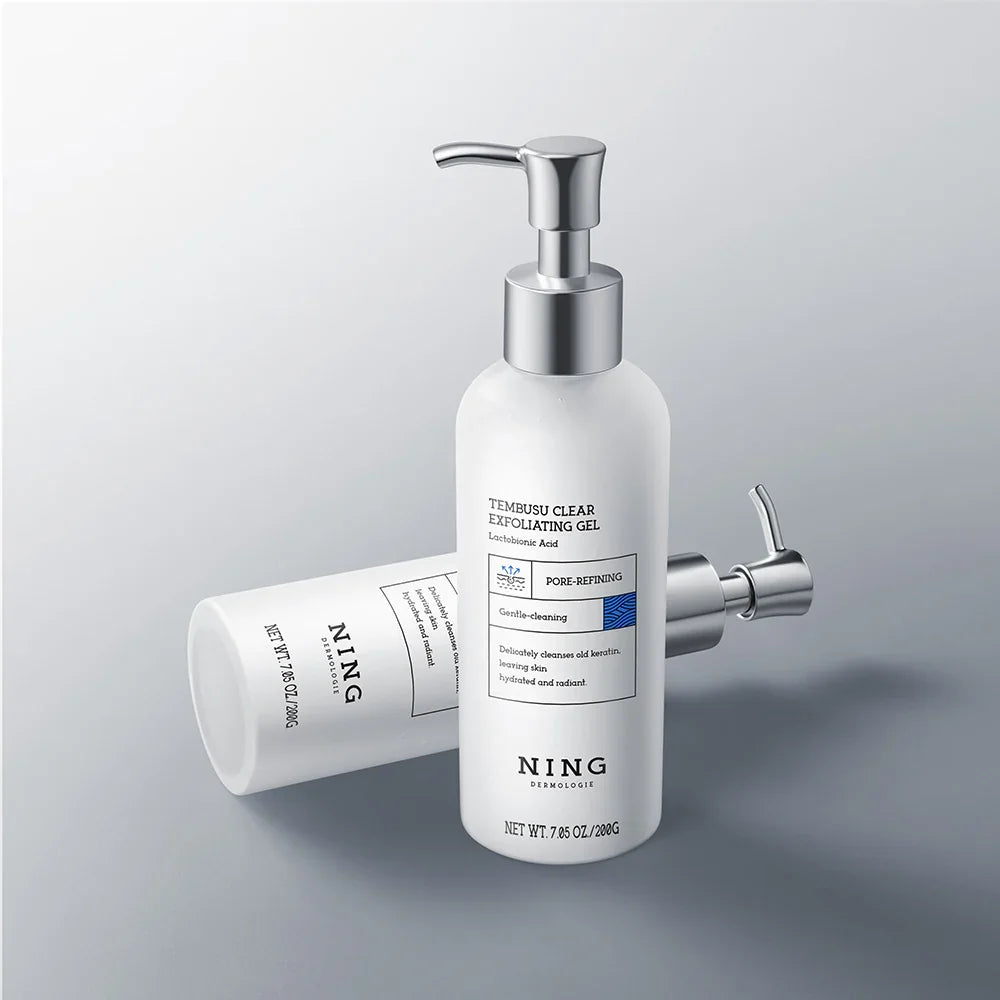
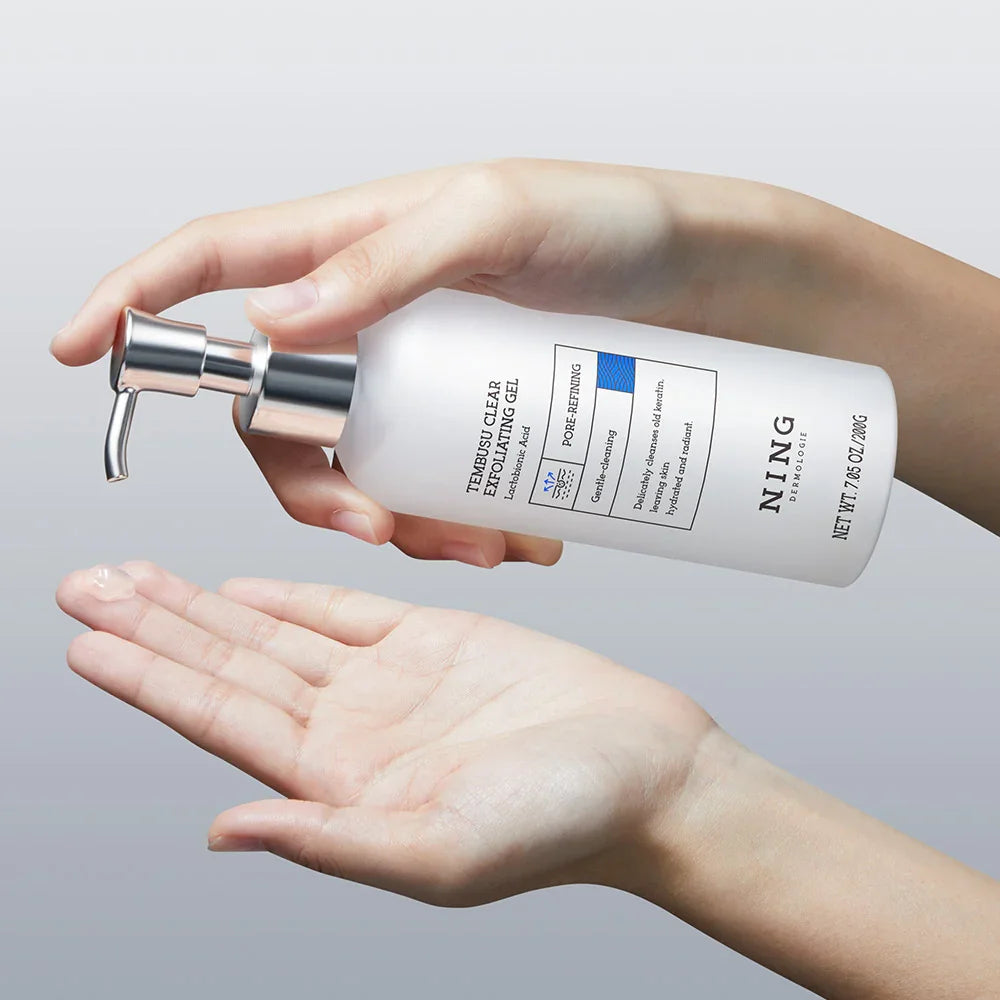
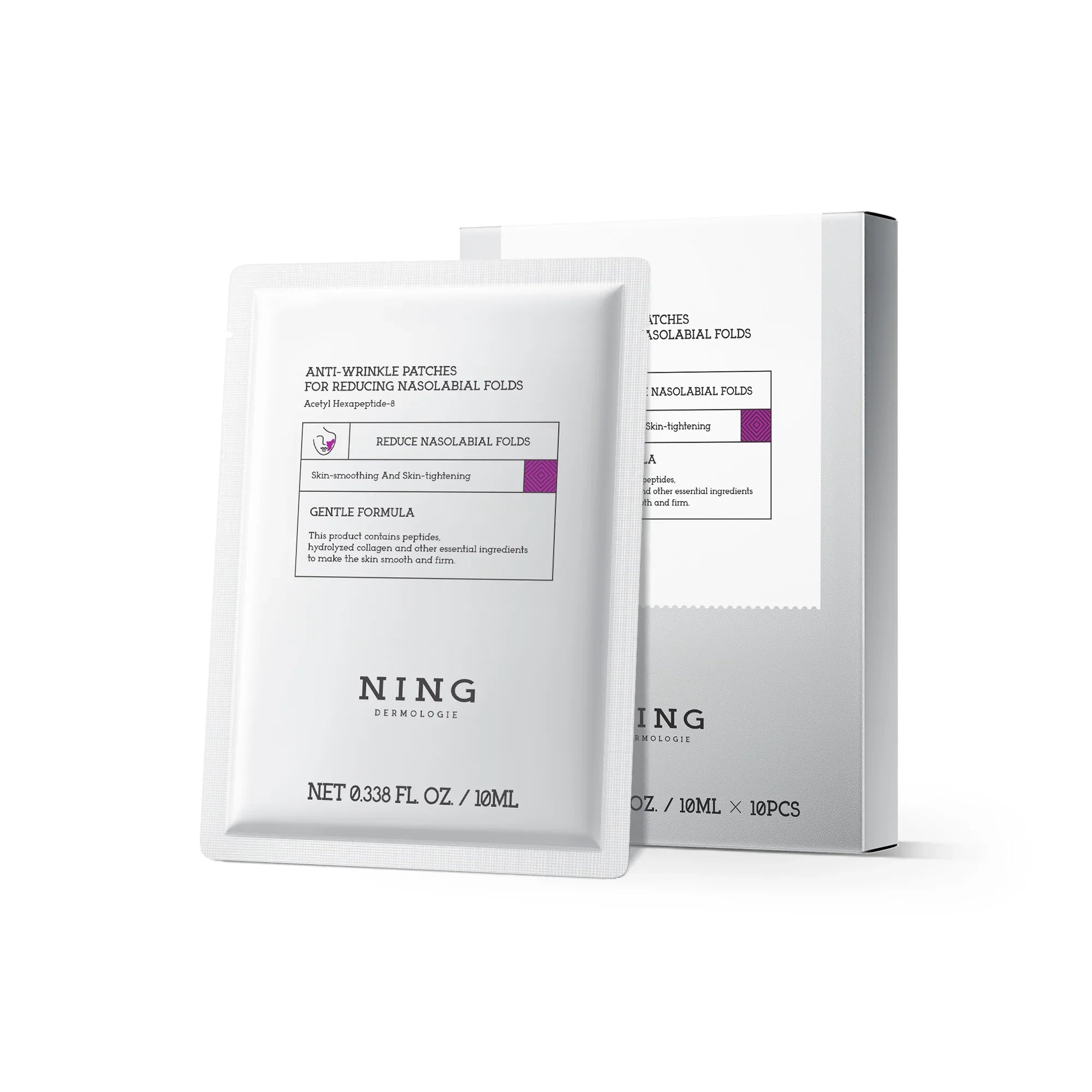
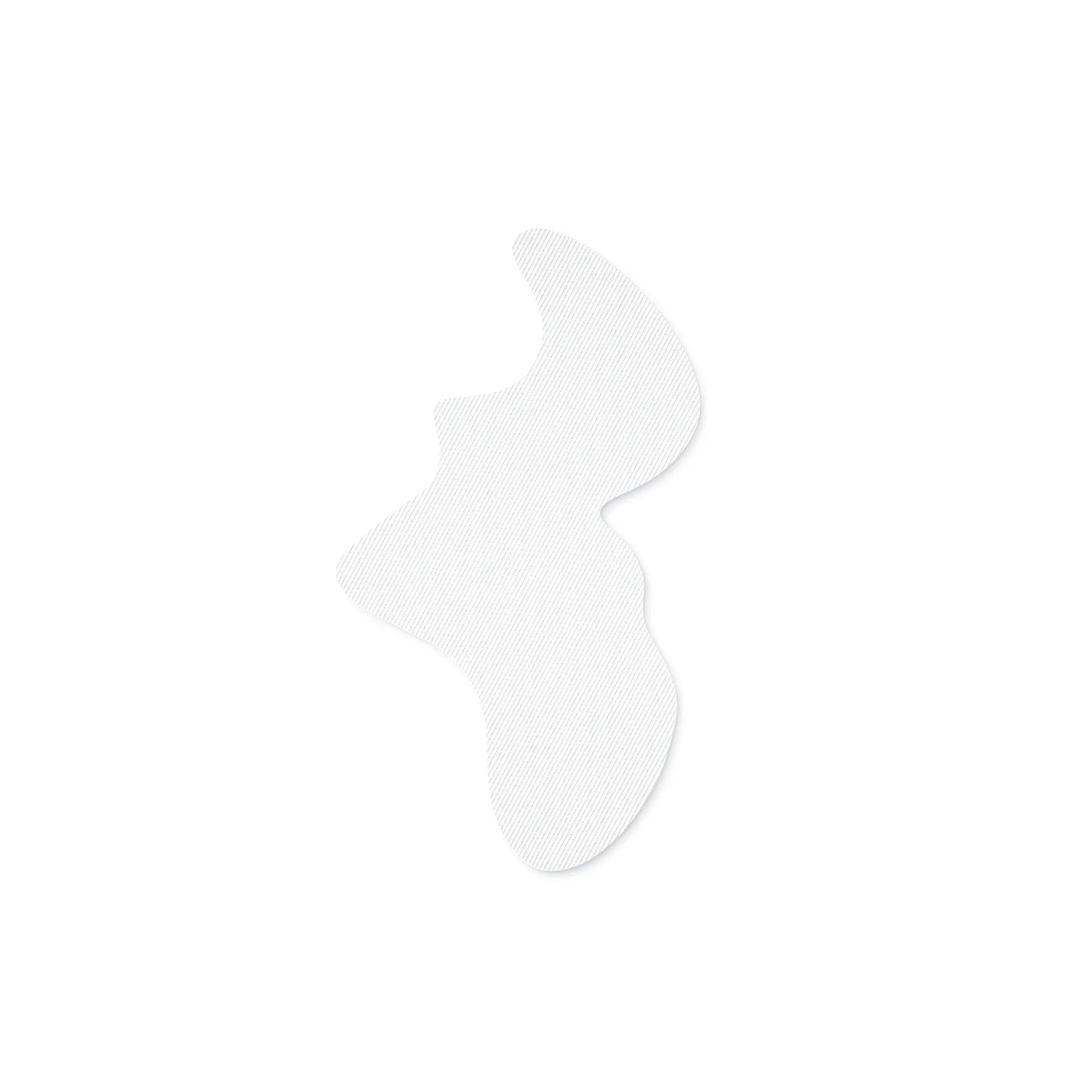
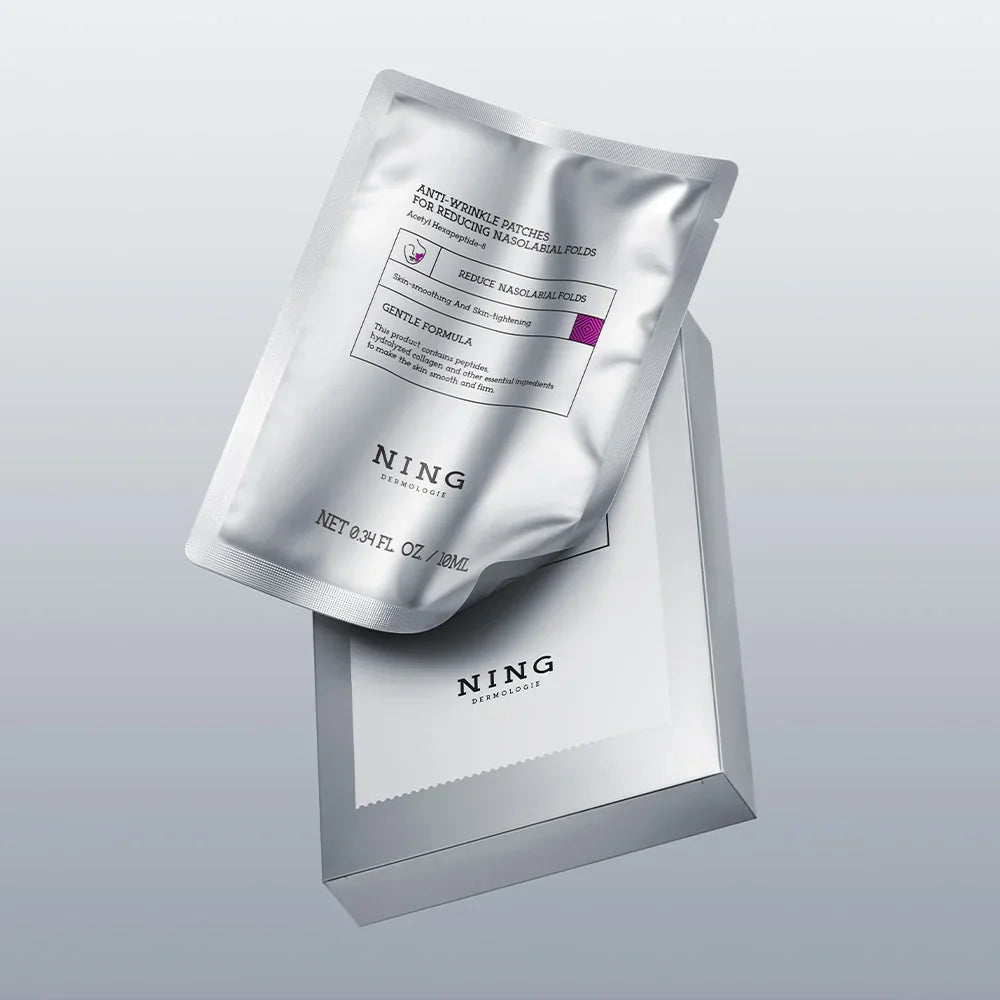
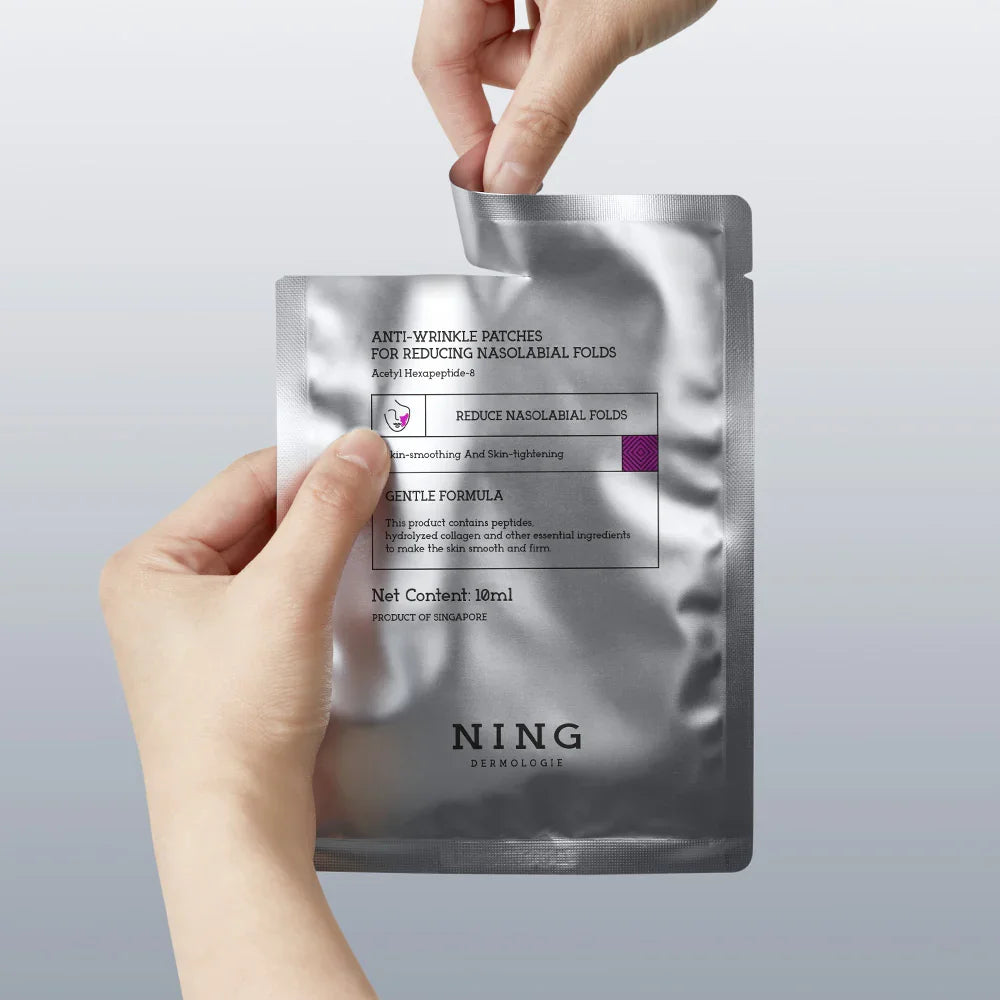
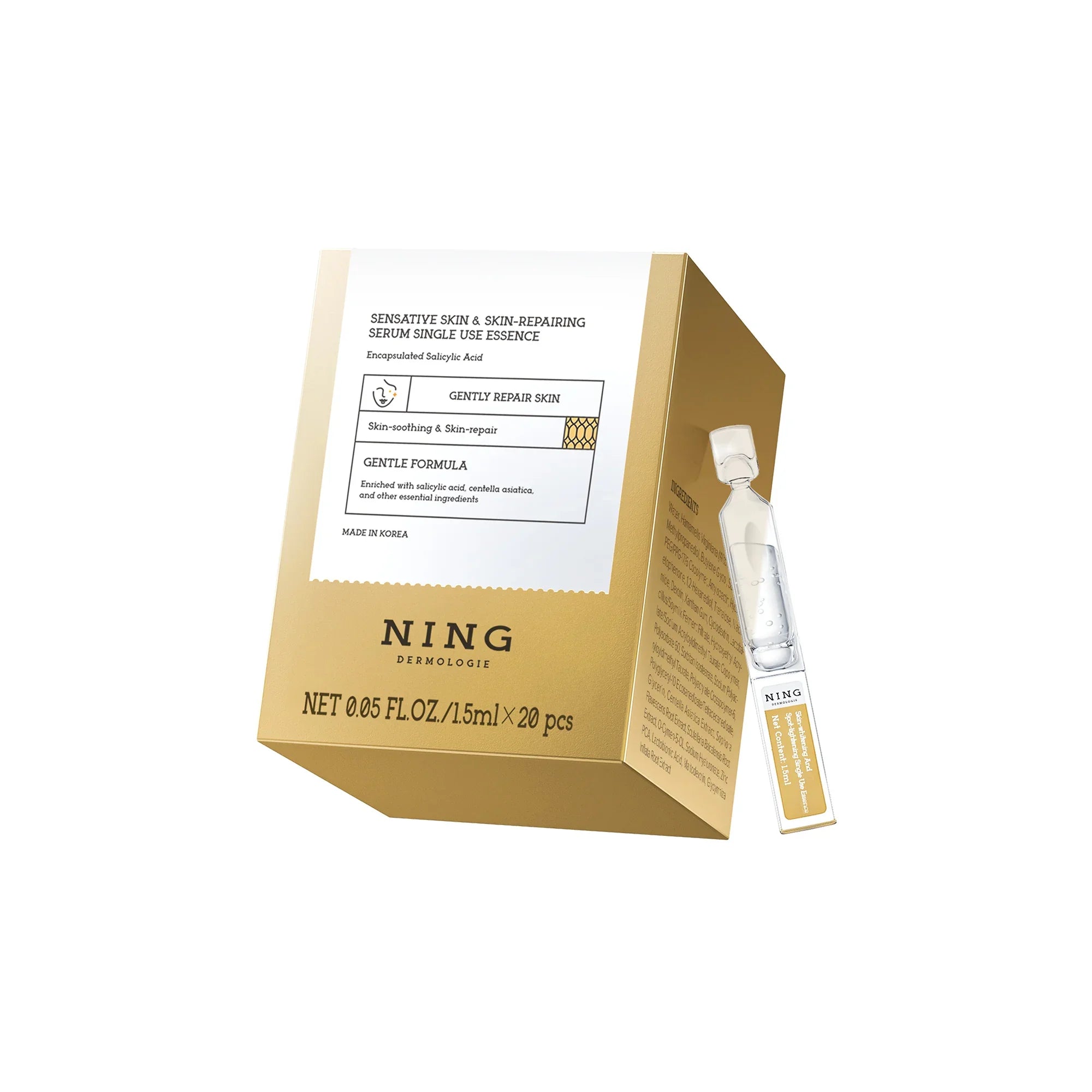
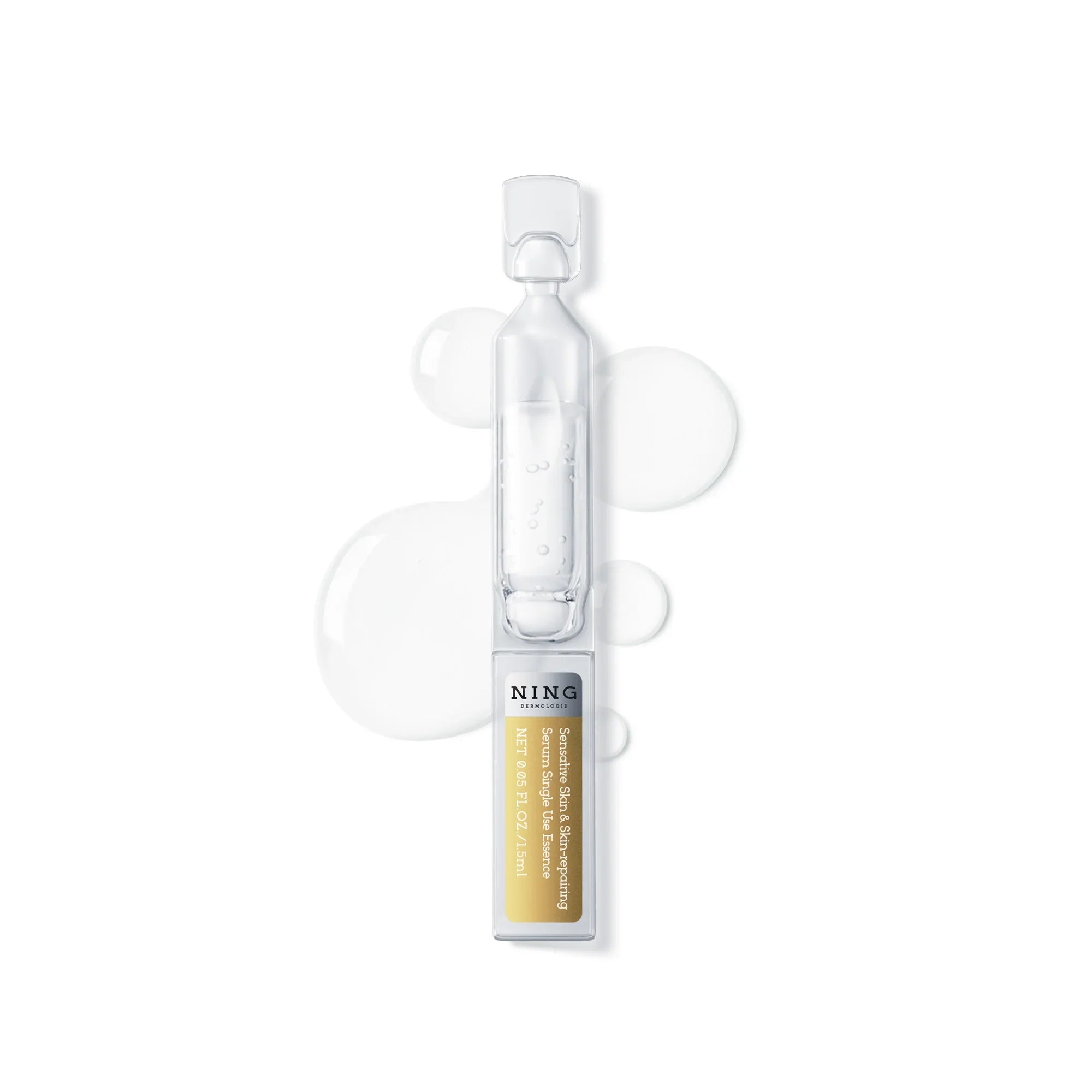
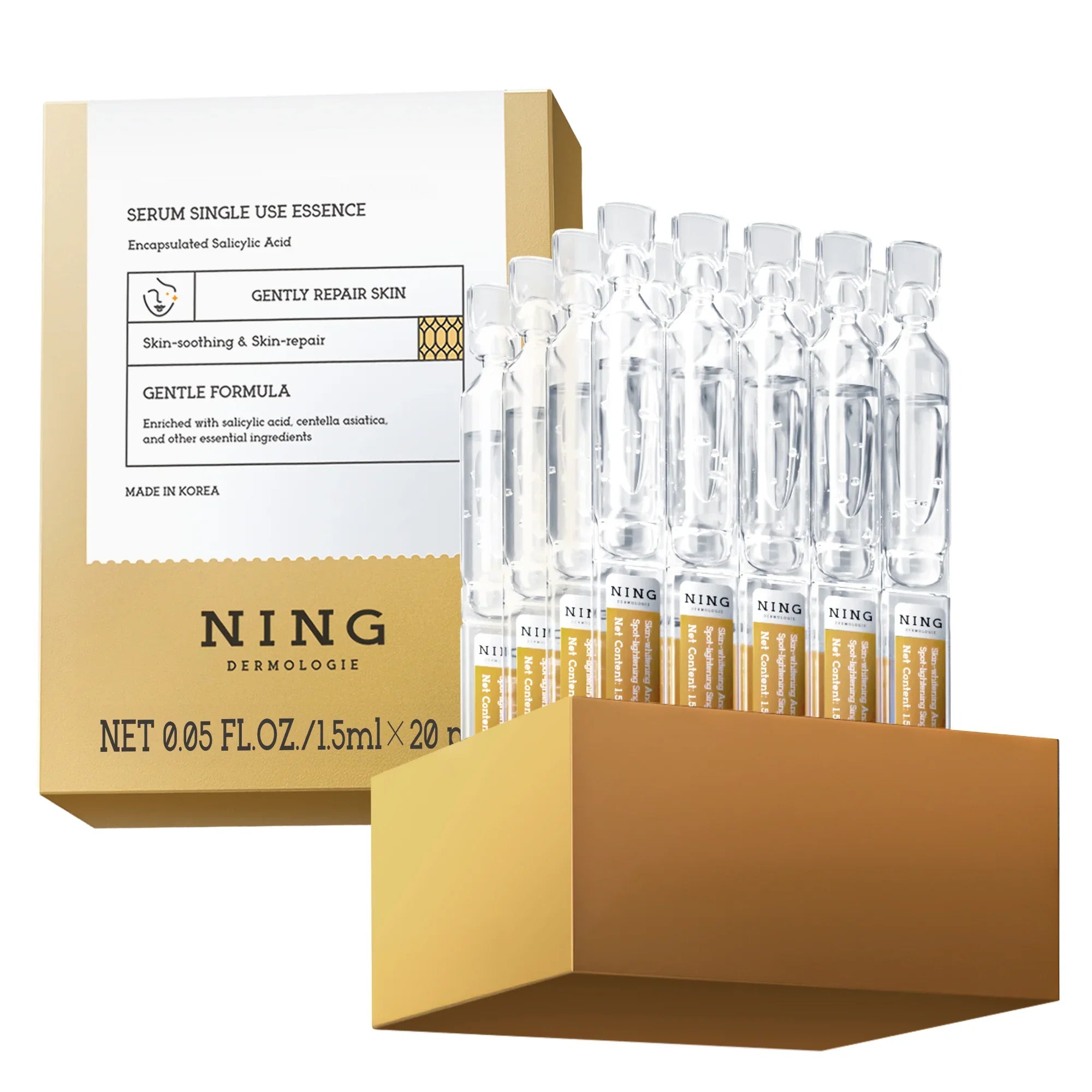

Share:
Understanding Skin Textural Irregularities: What Does Textured Skin Mean?
Stop Wasting Money on Skincare: Why a Serum with Retinol and Peptides is the Only "Glow Up" That Actually Works